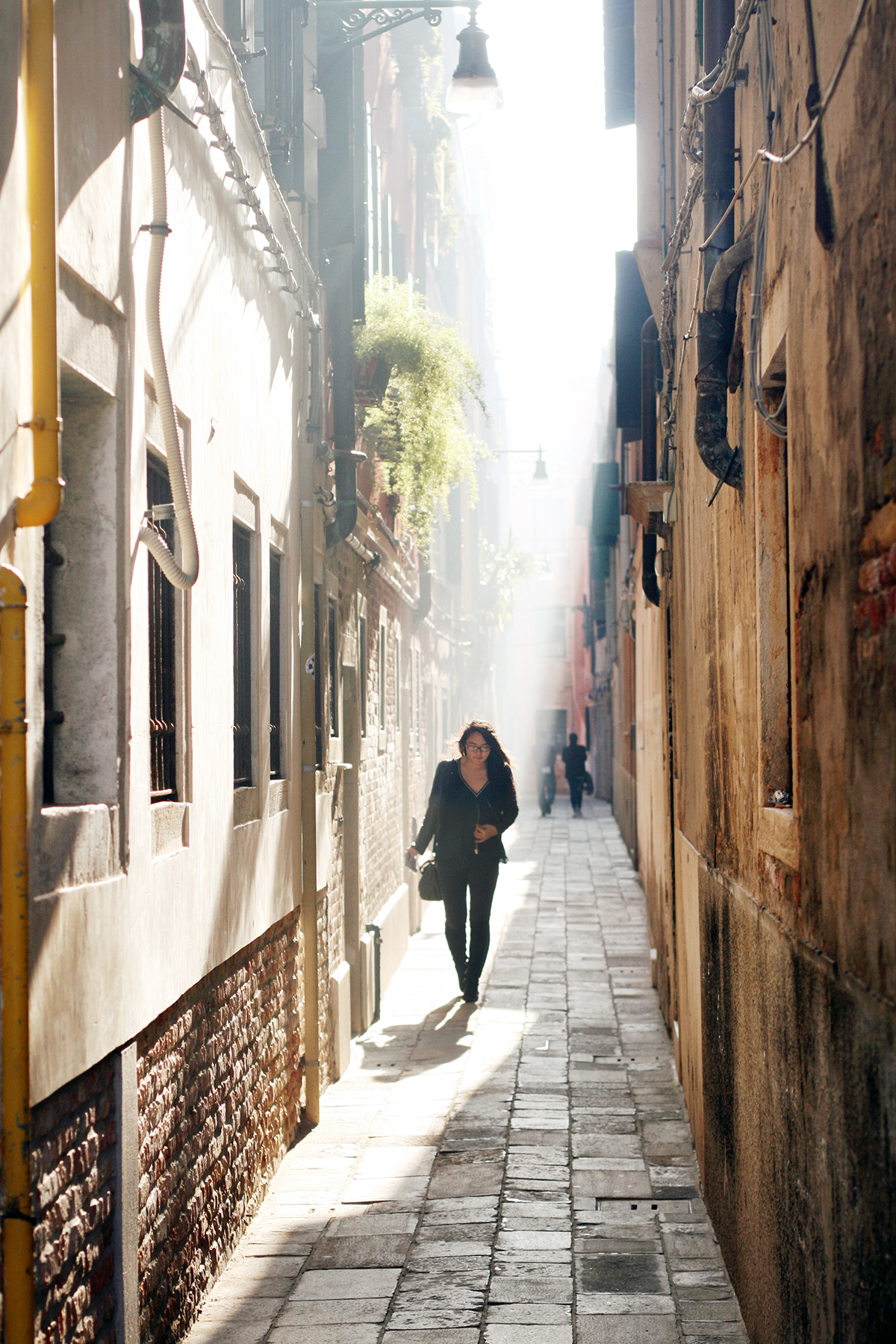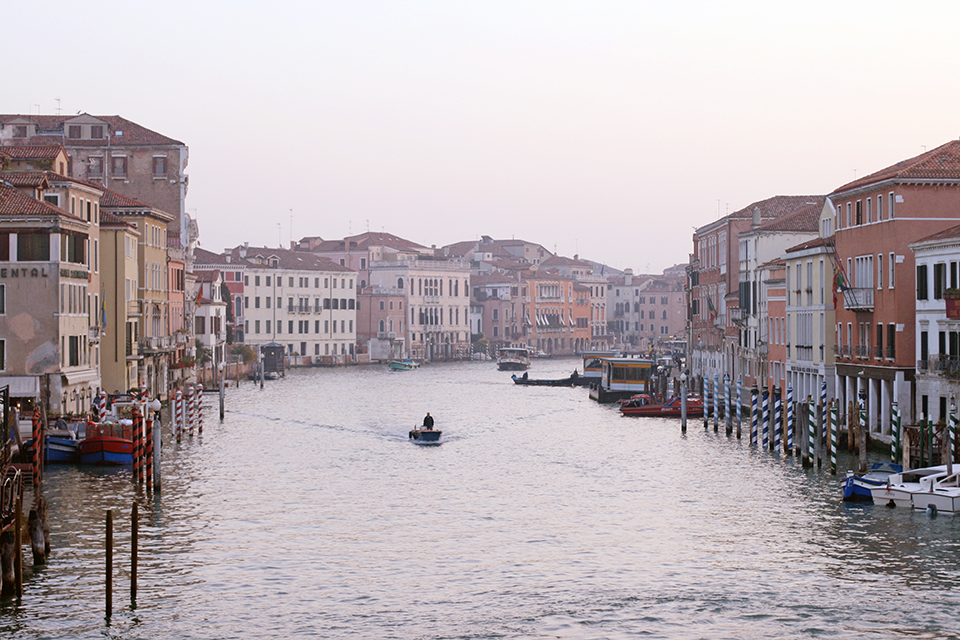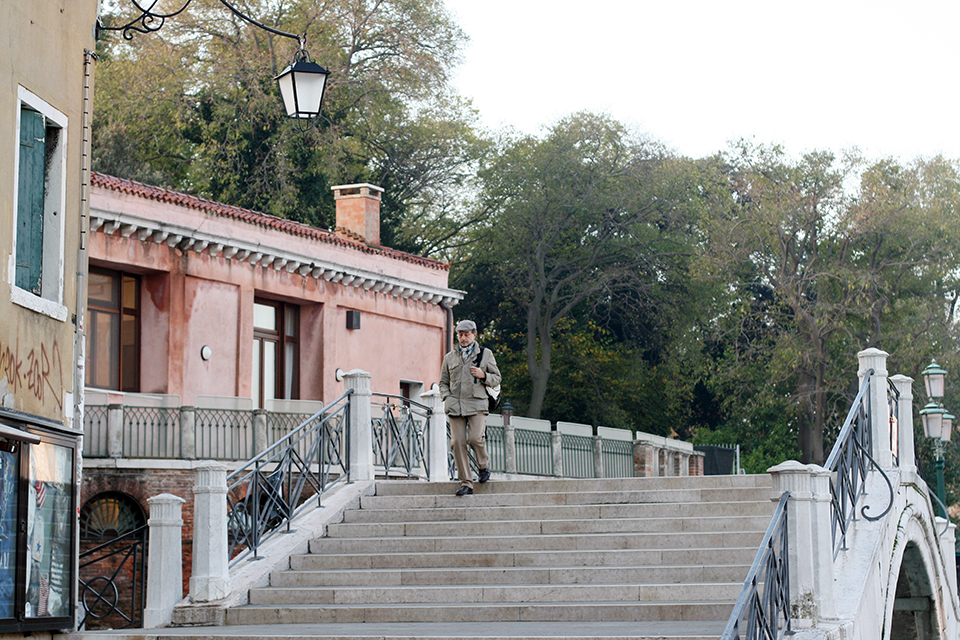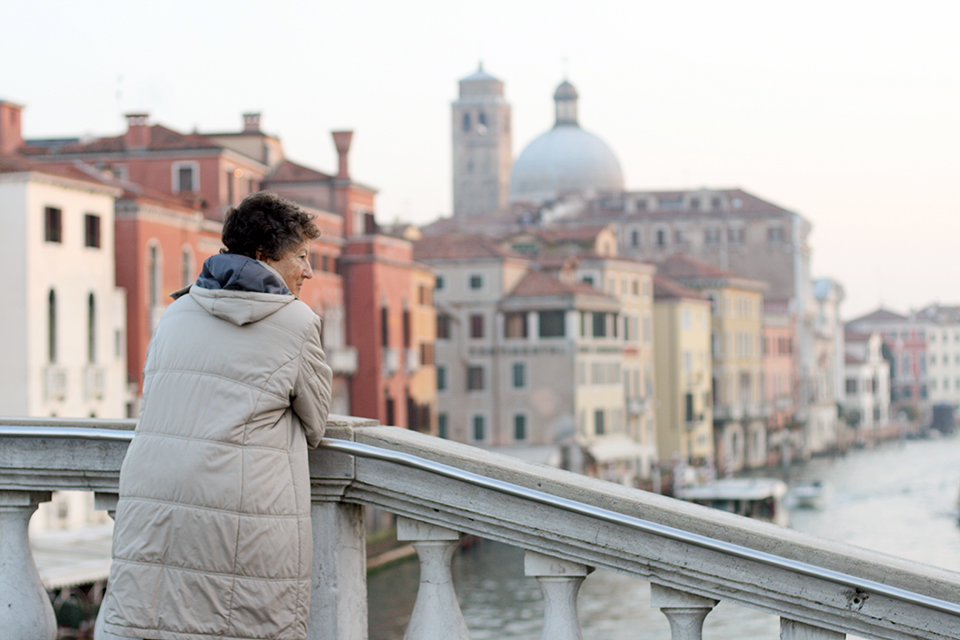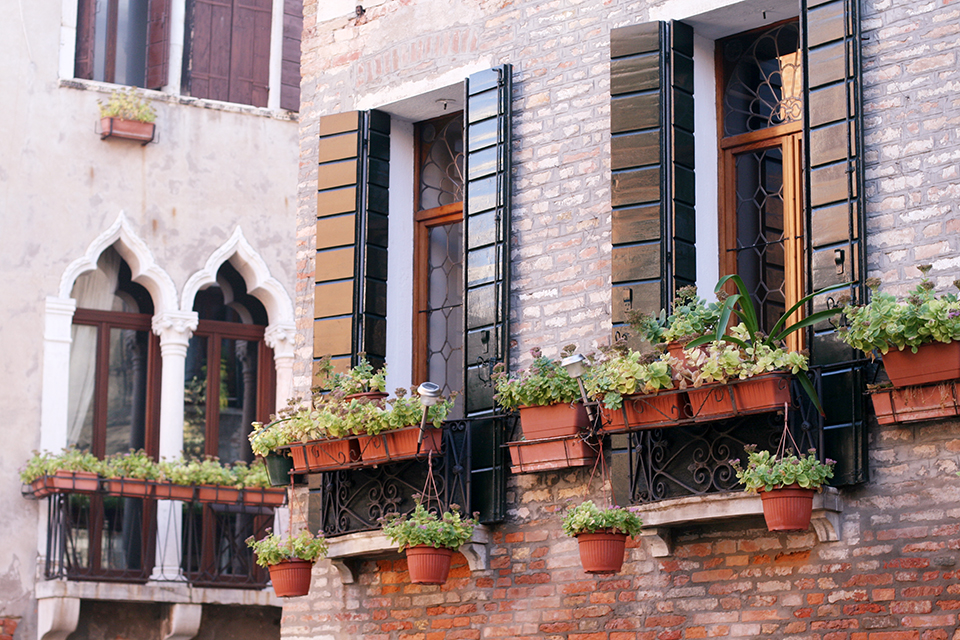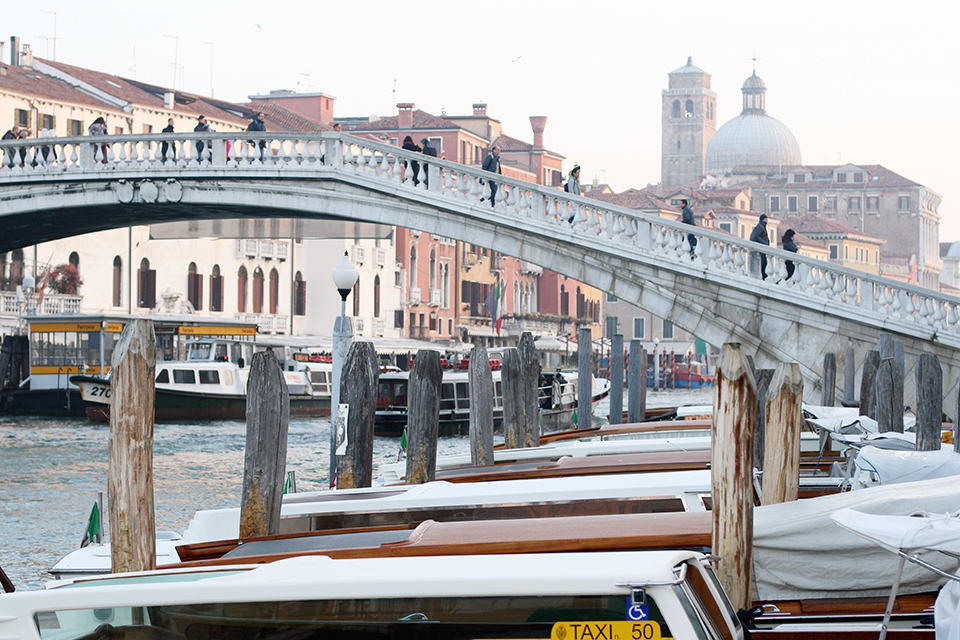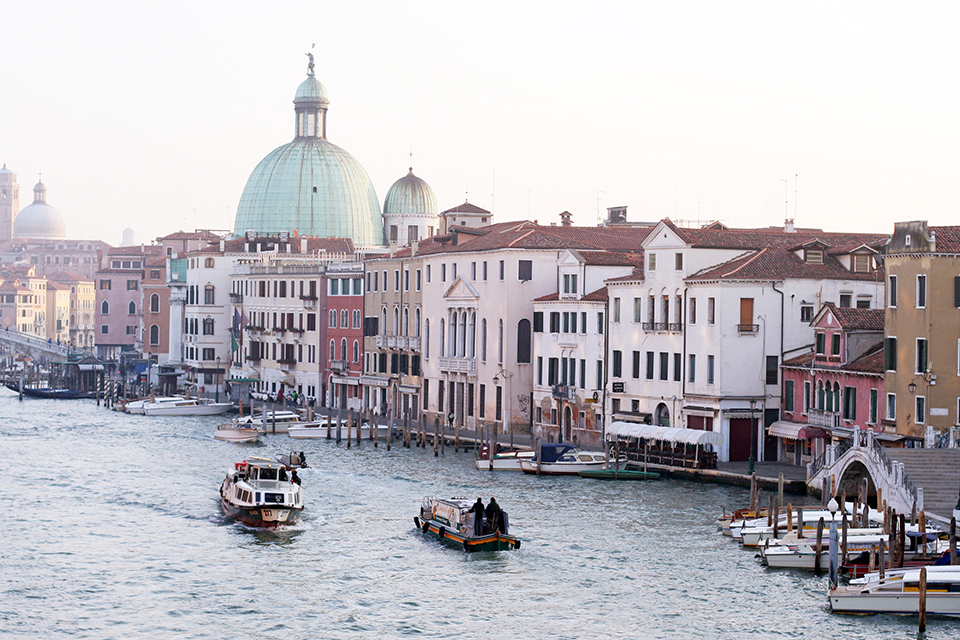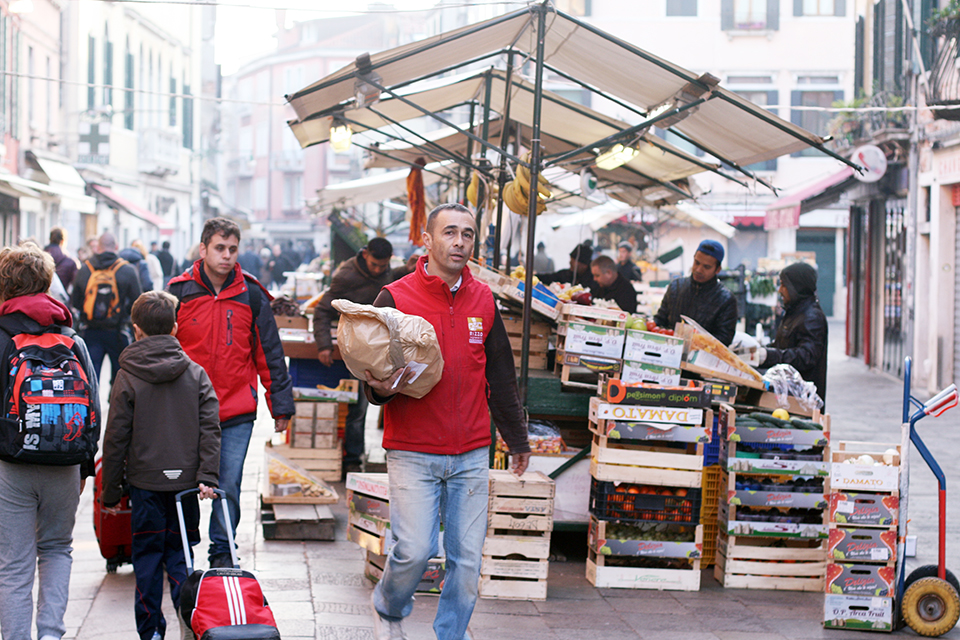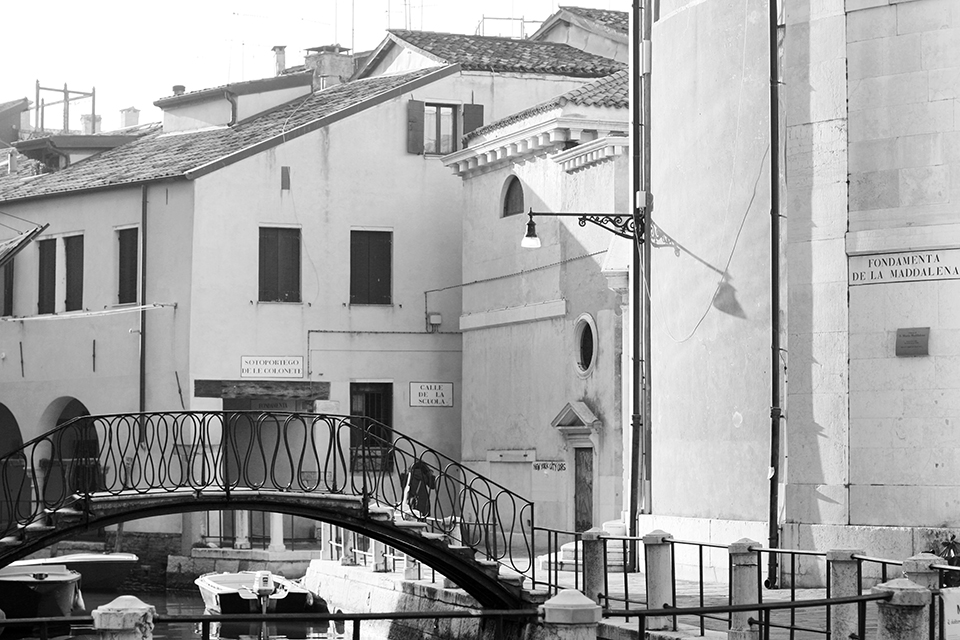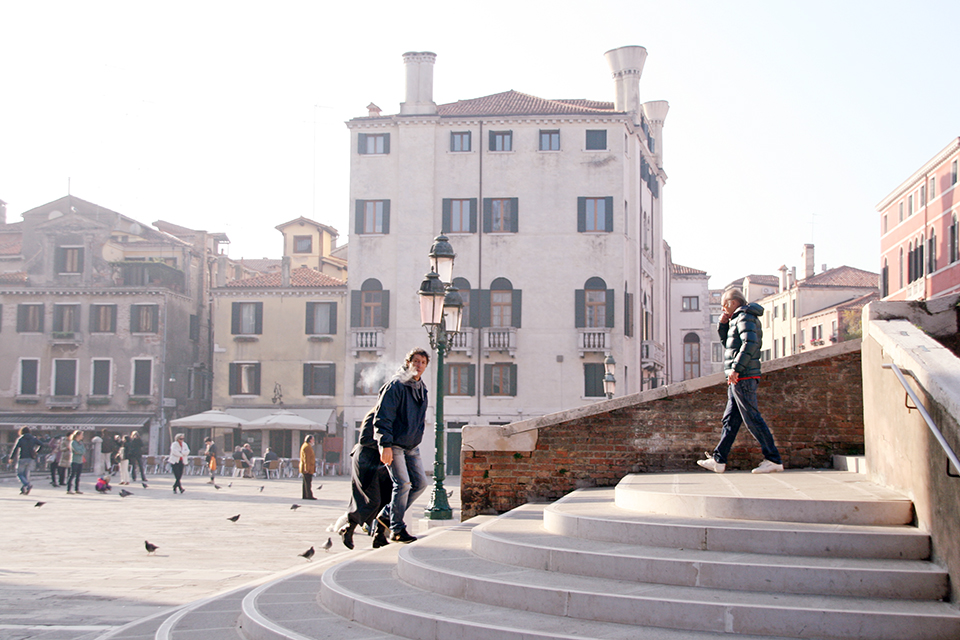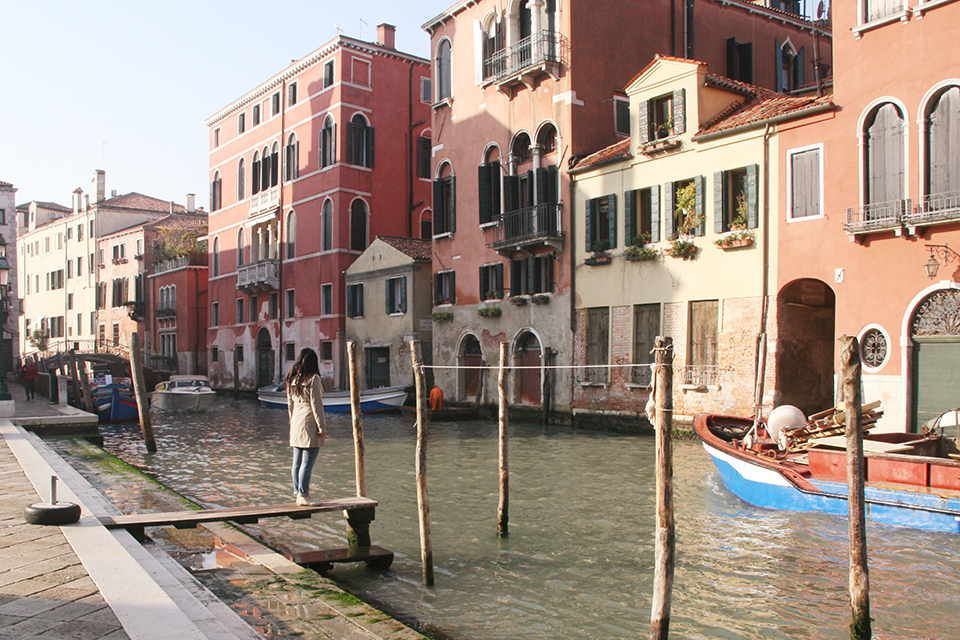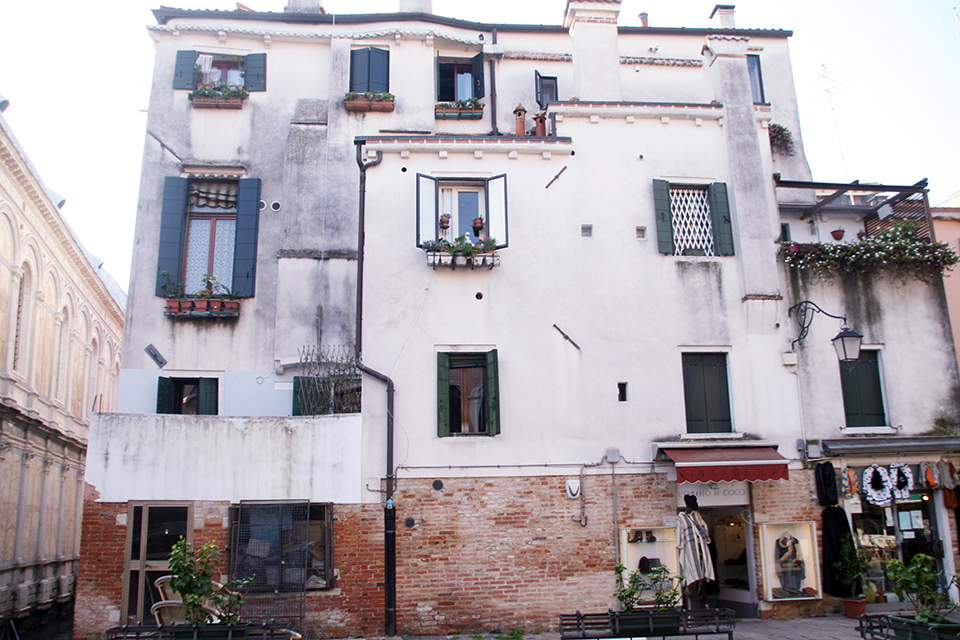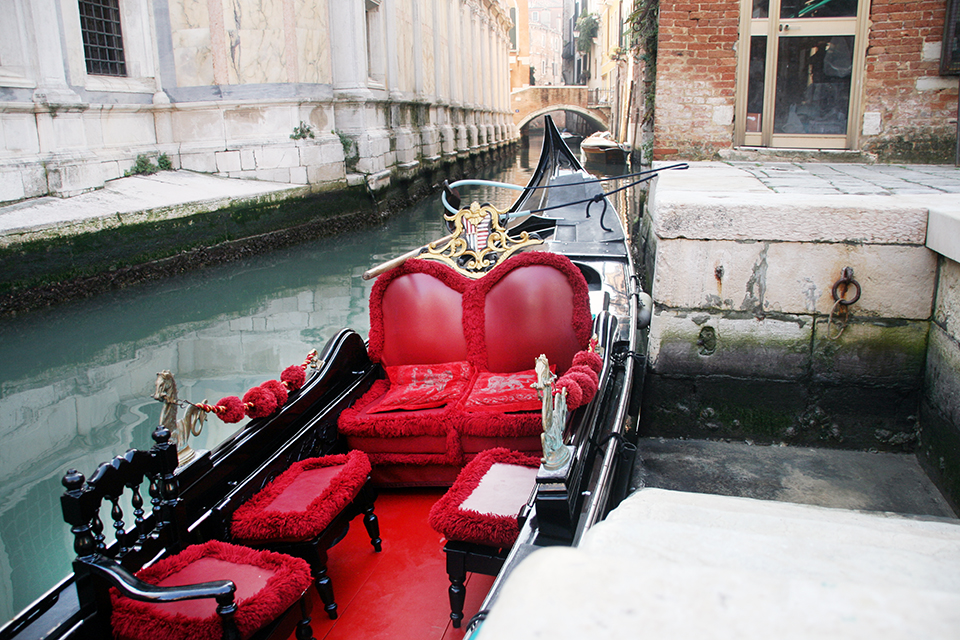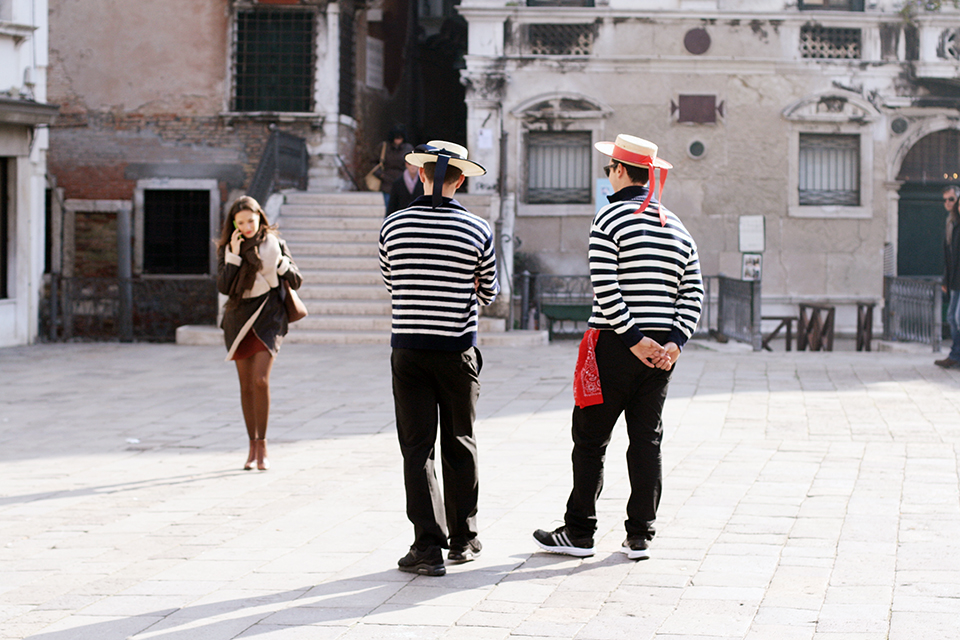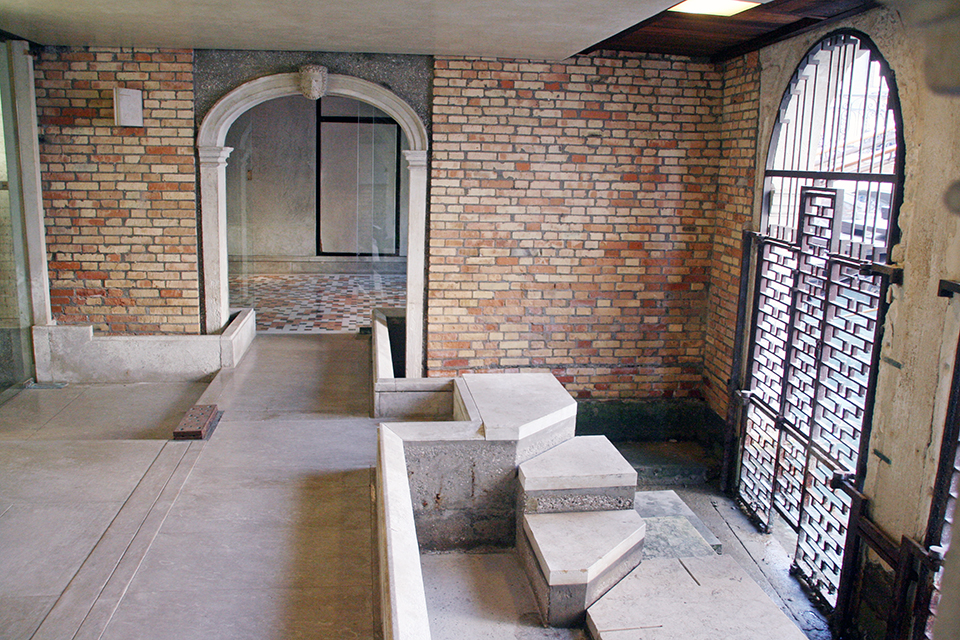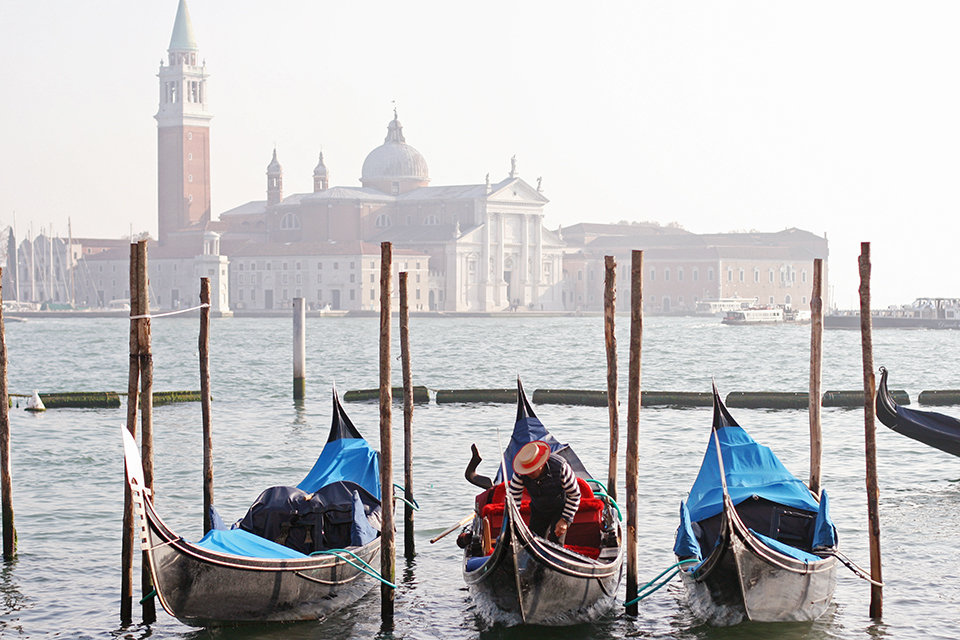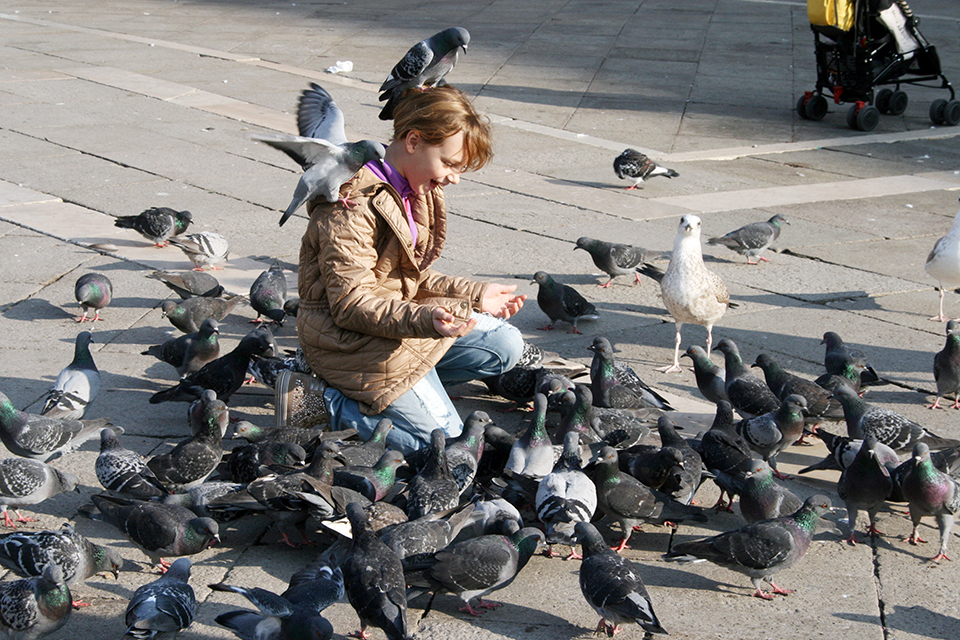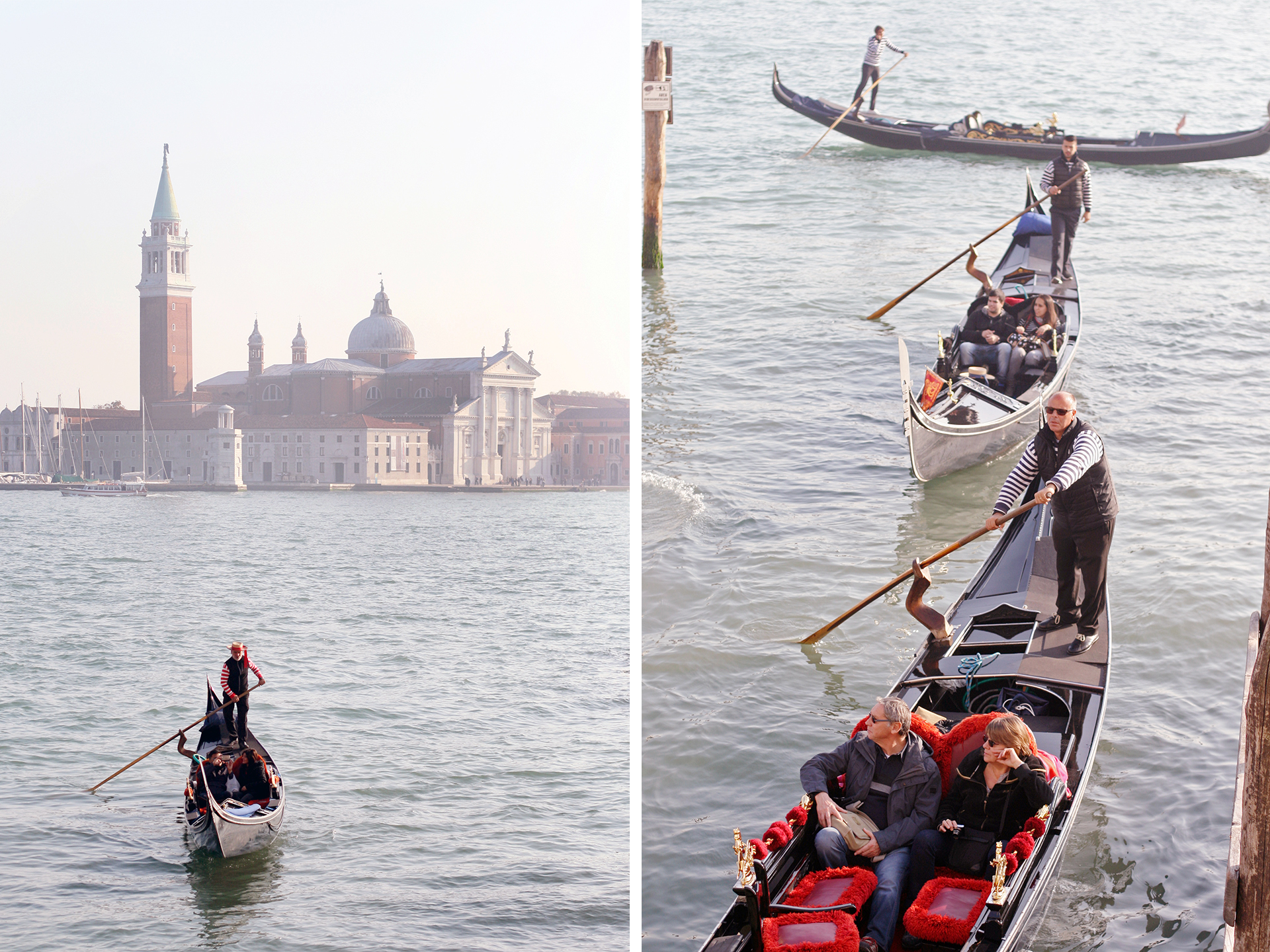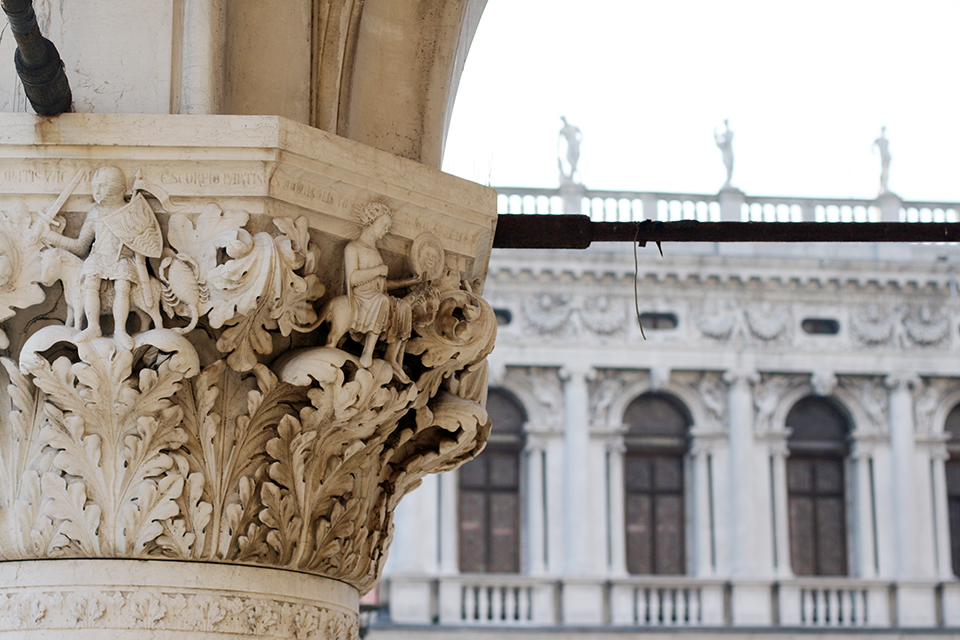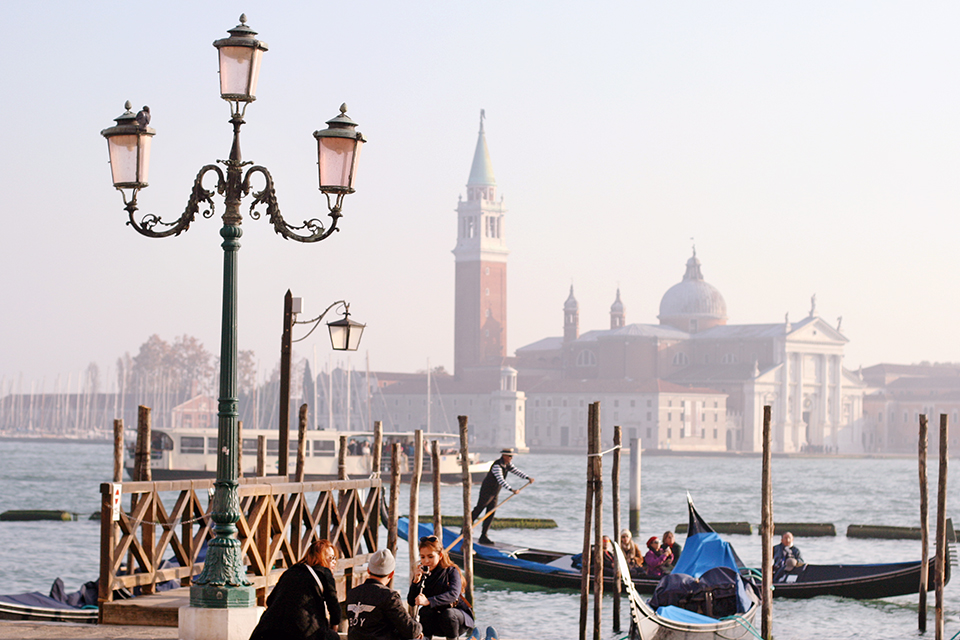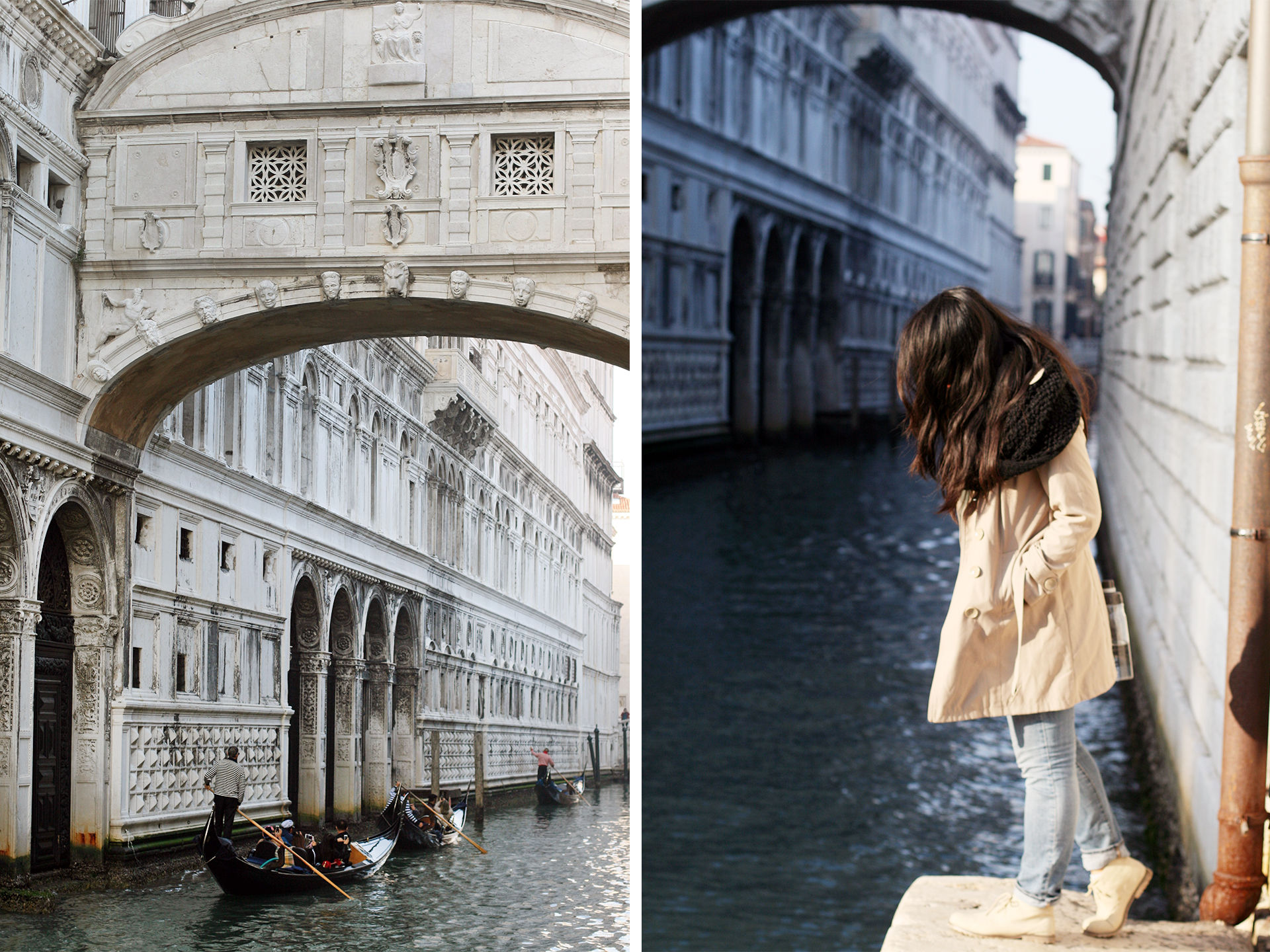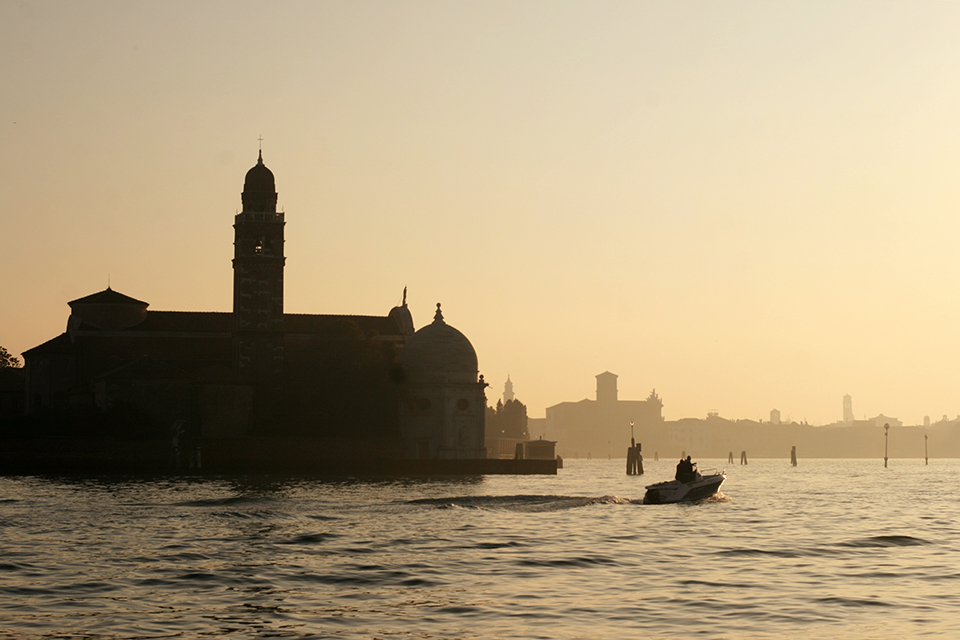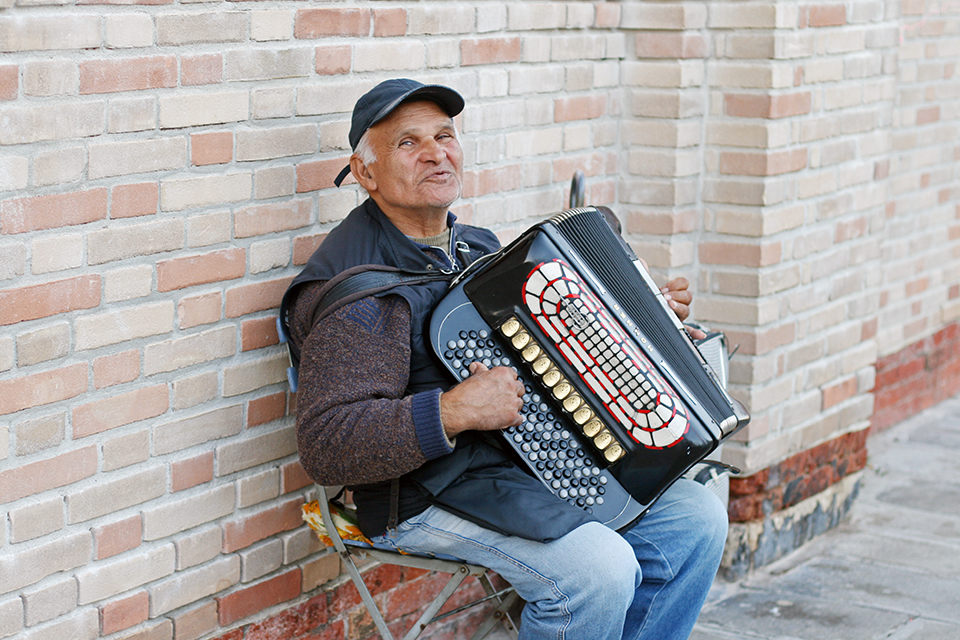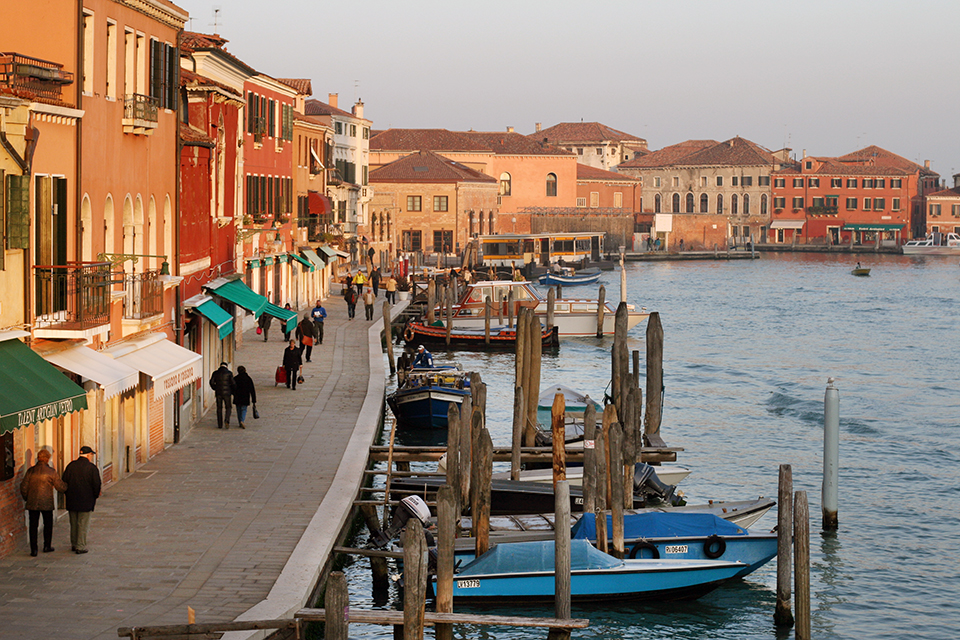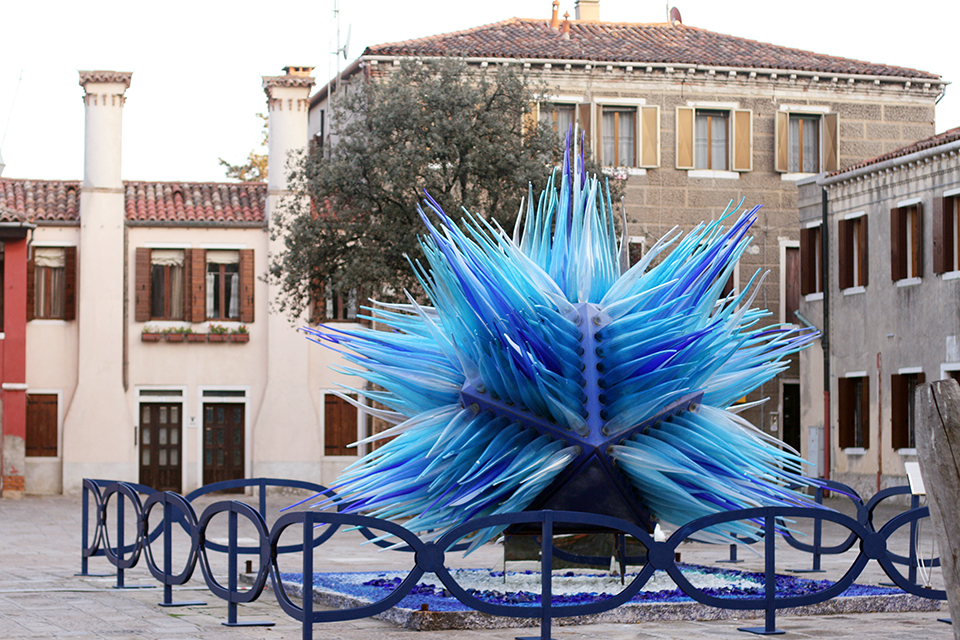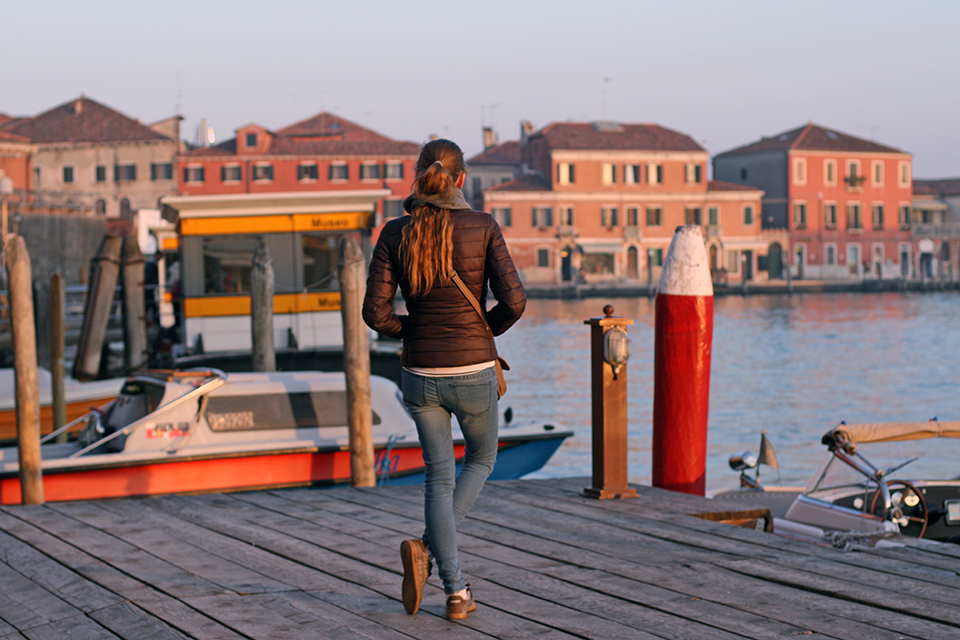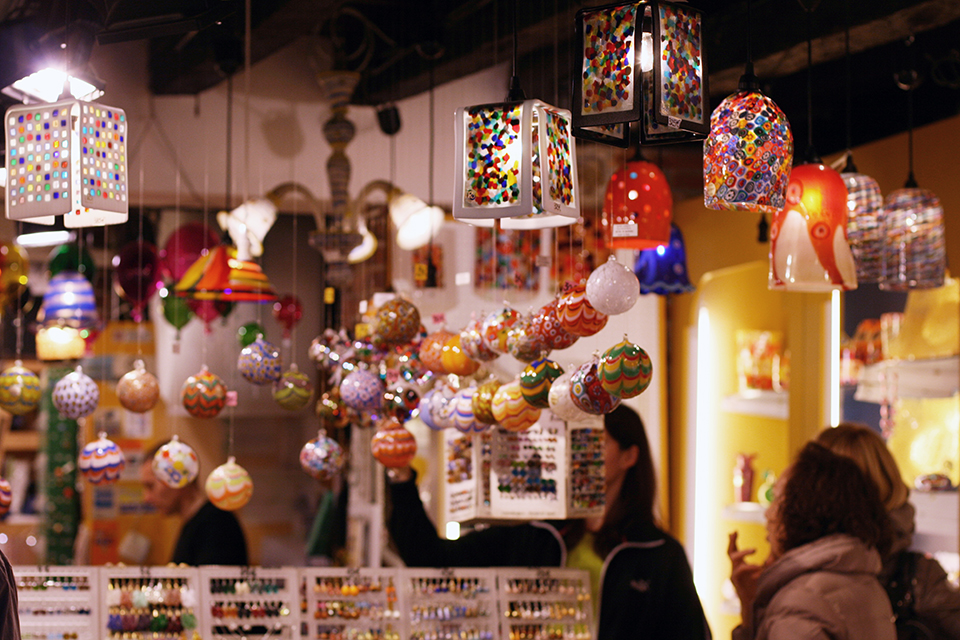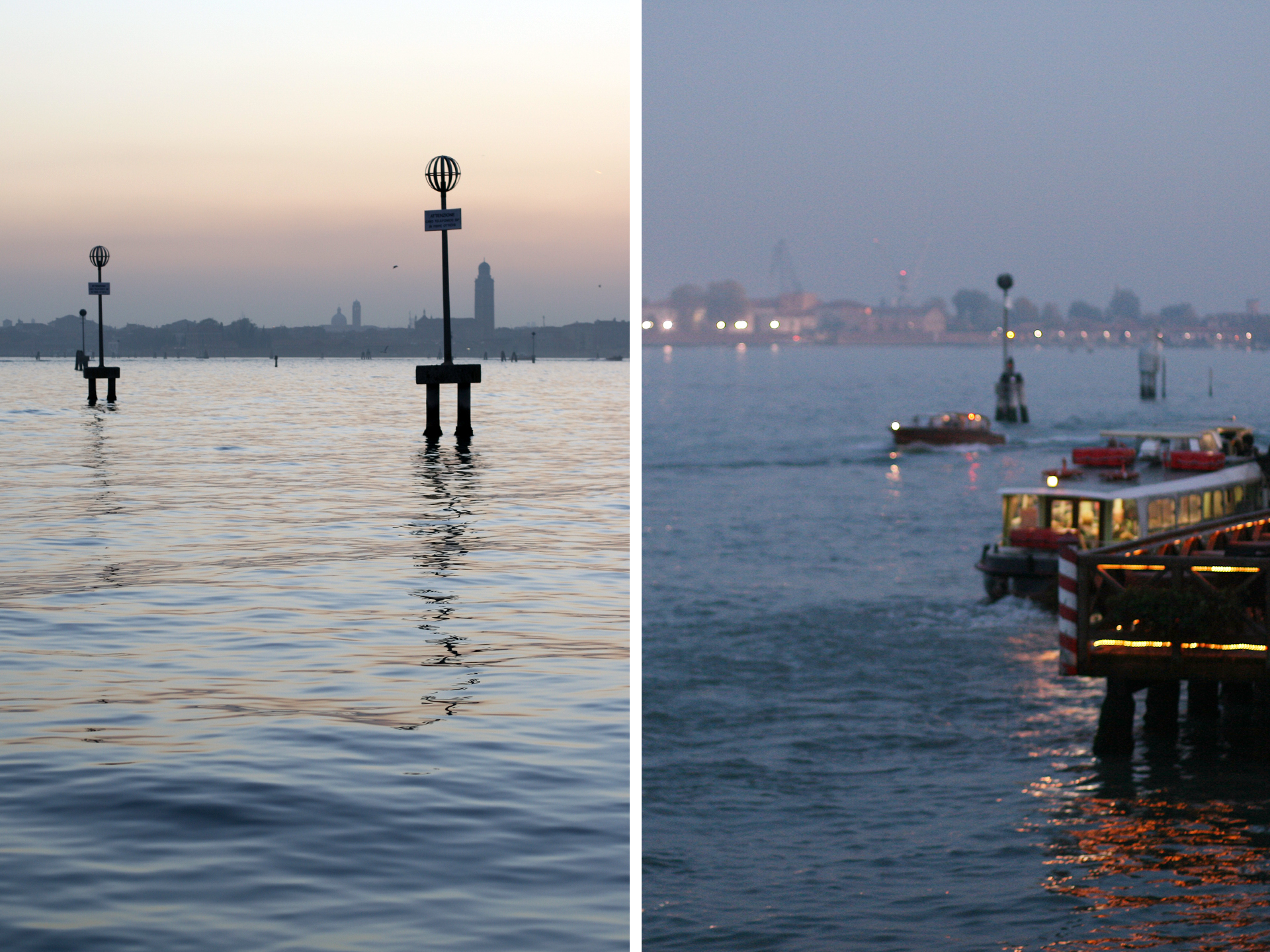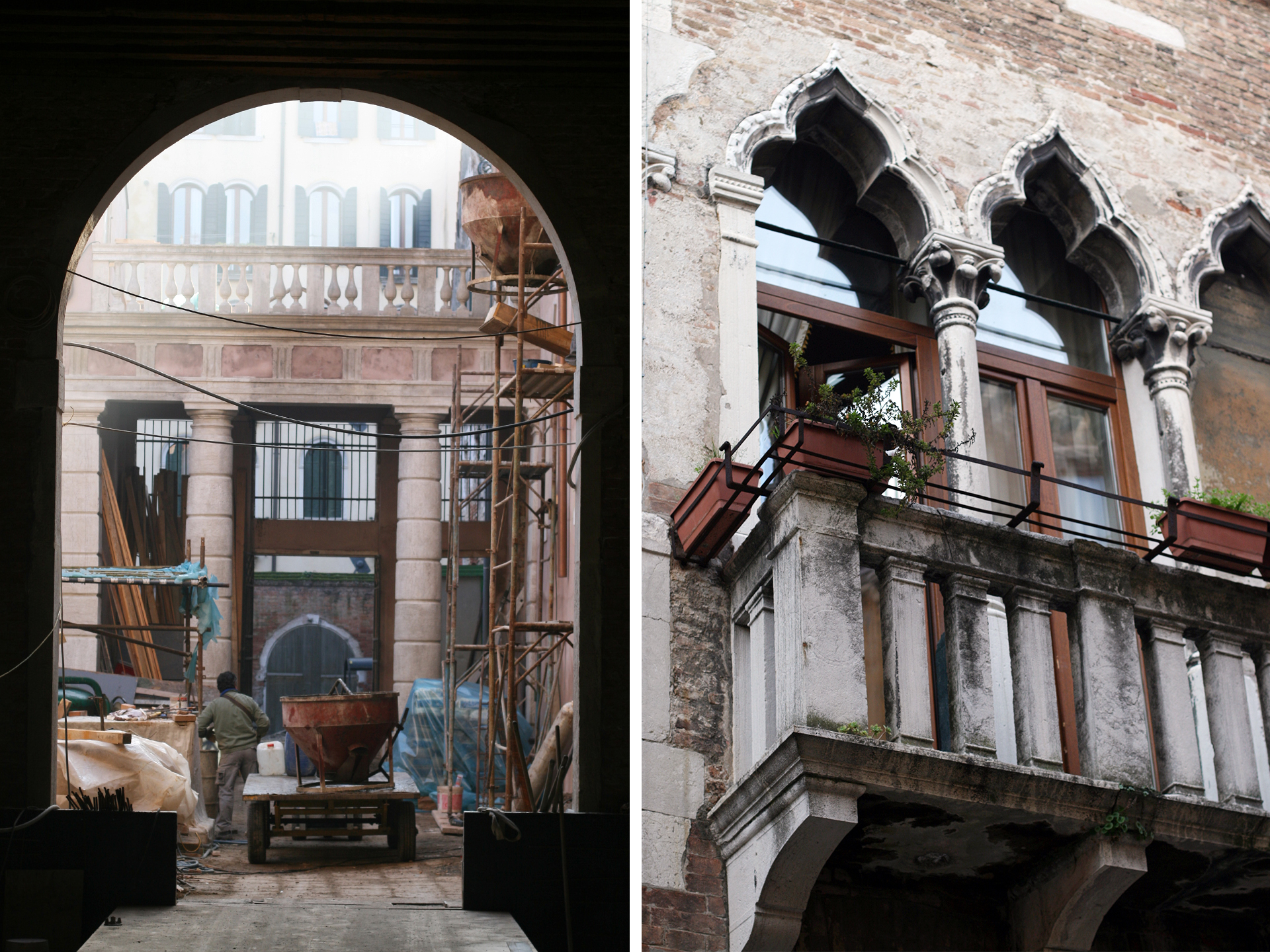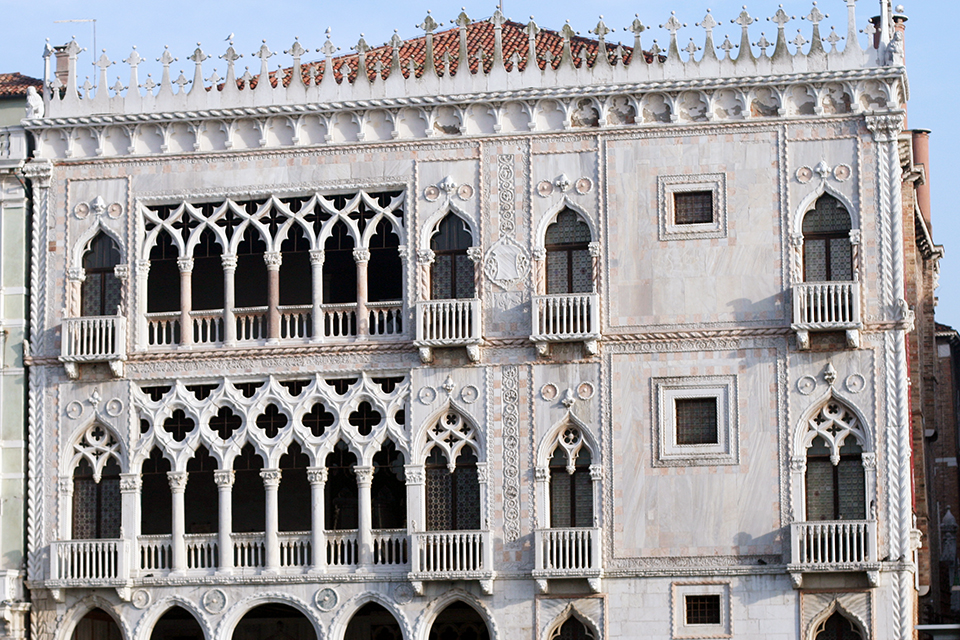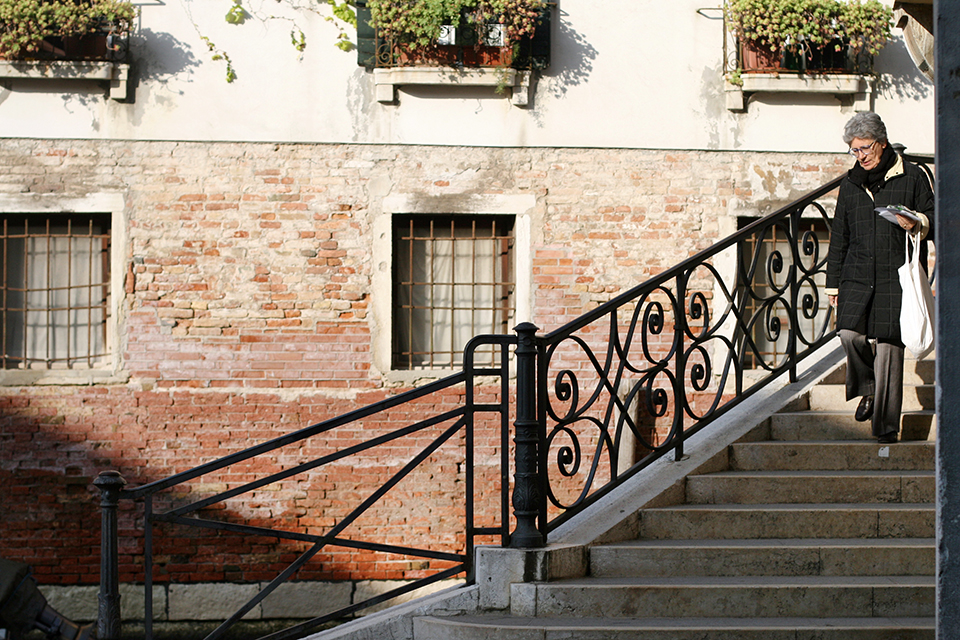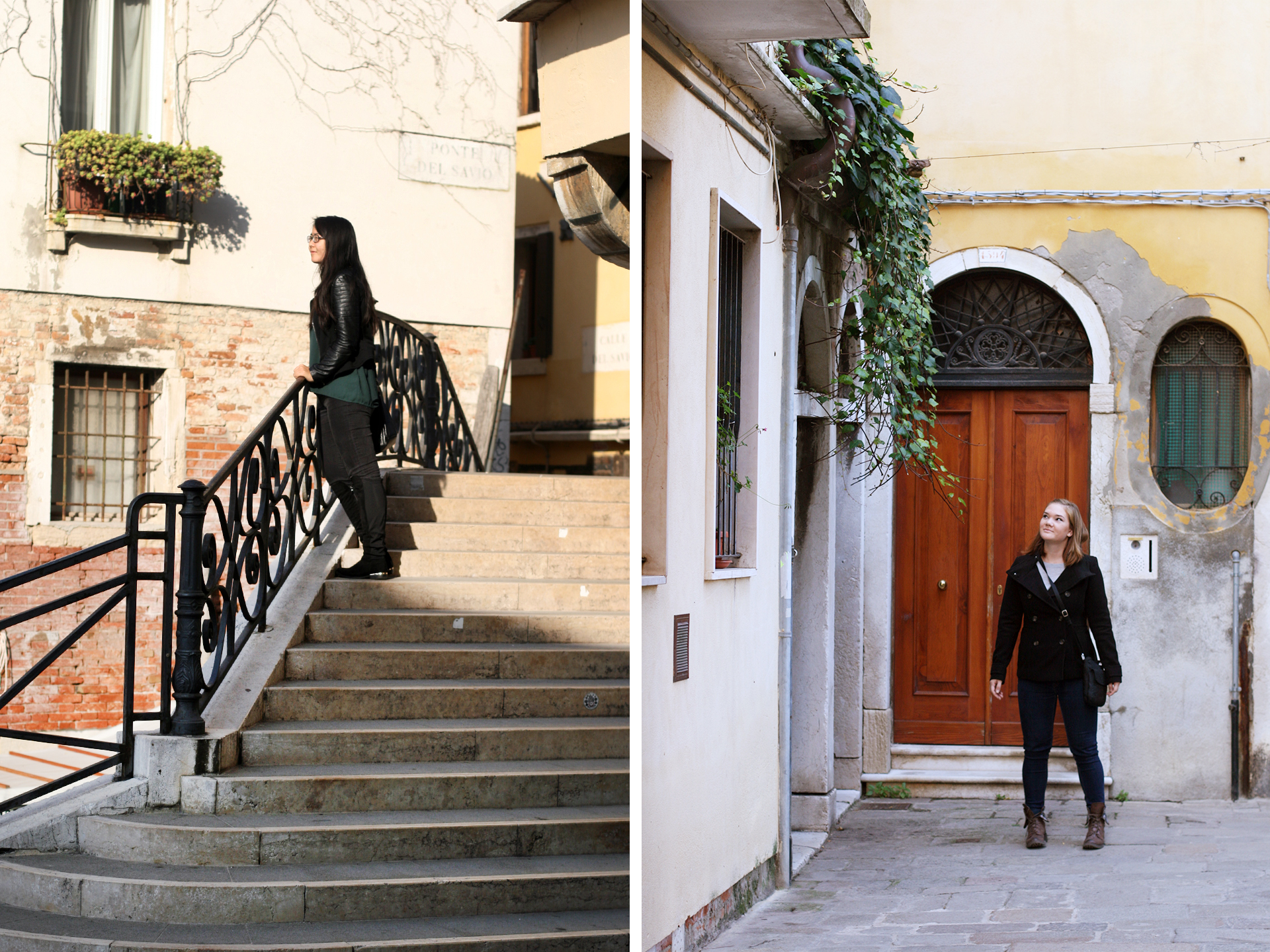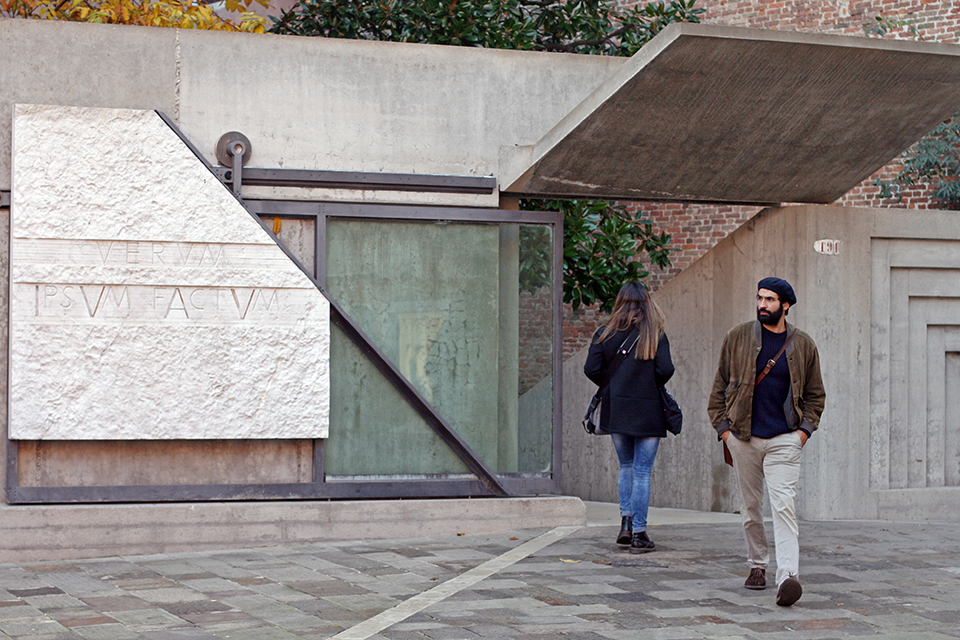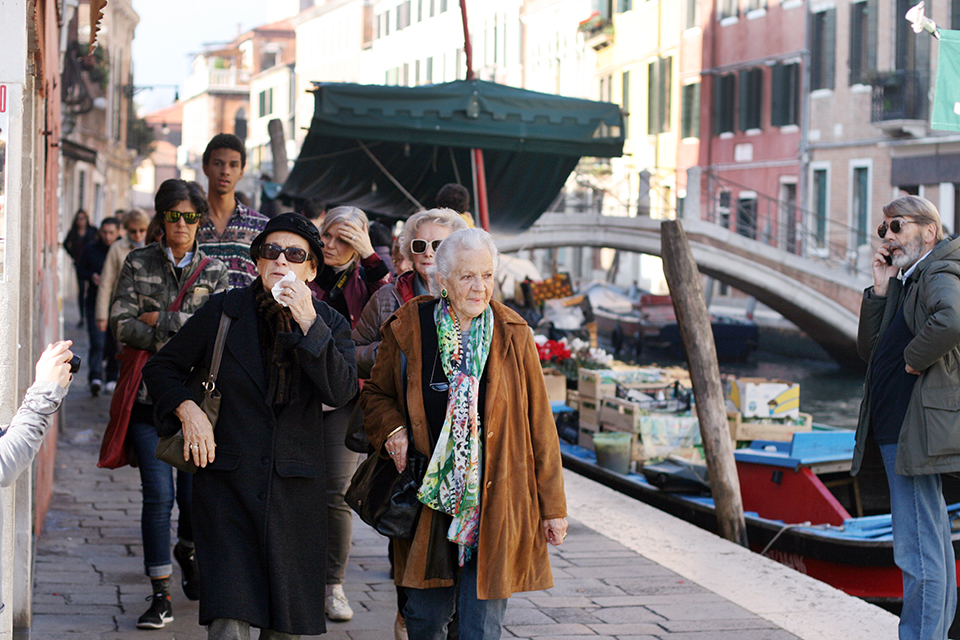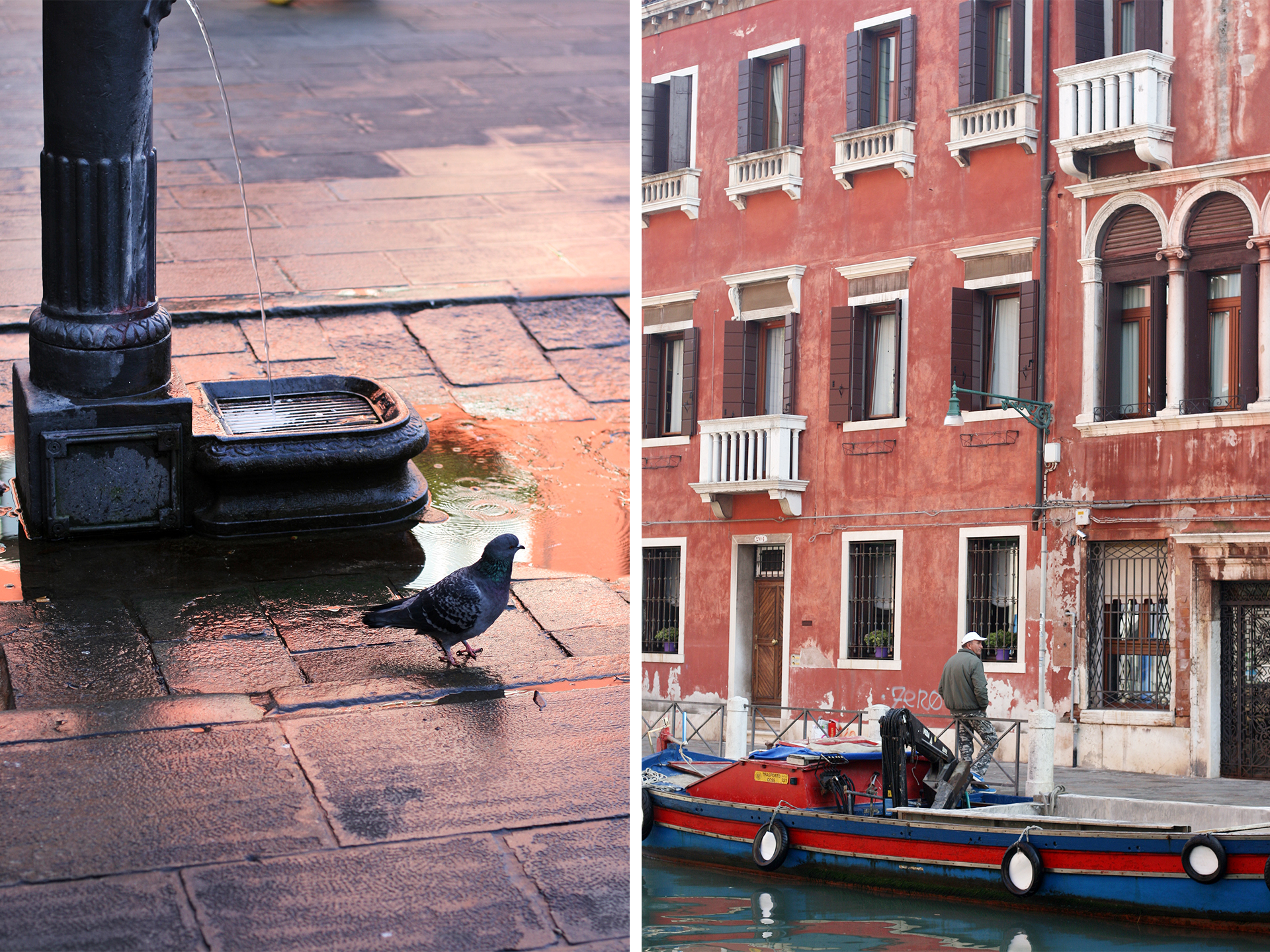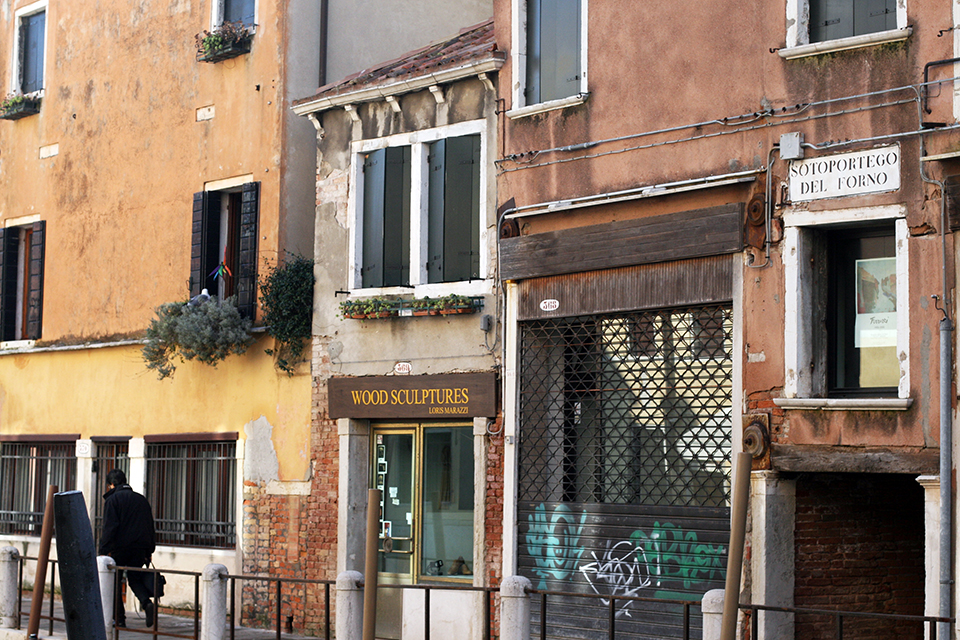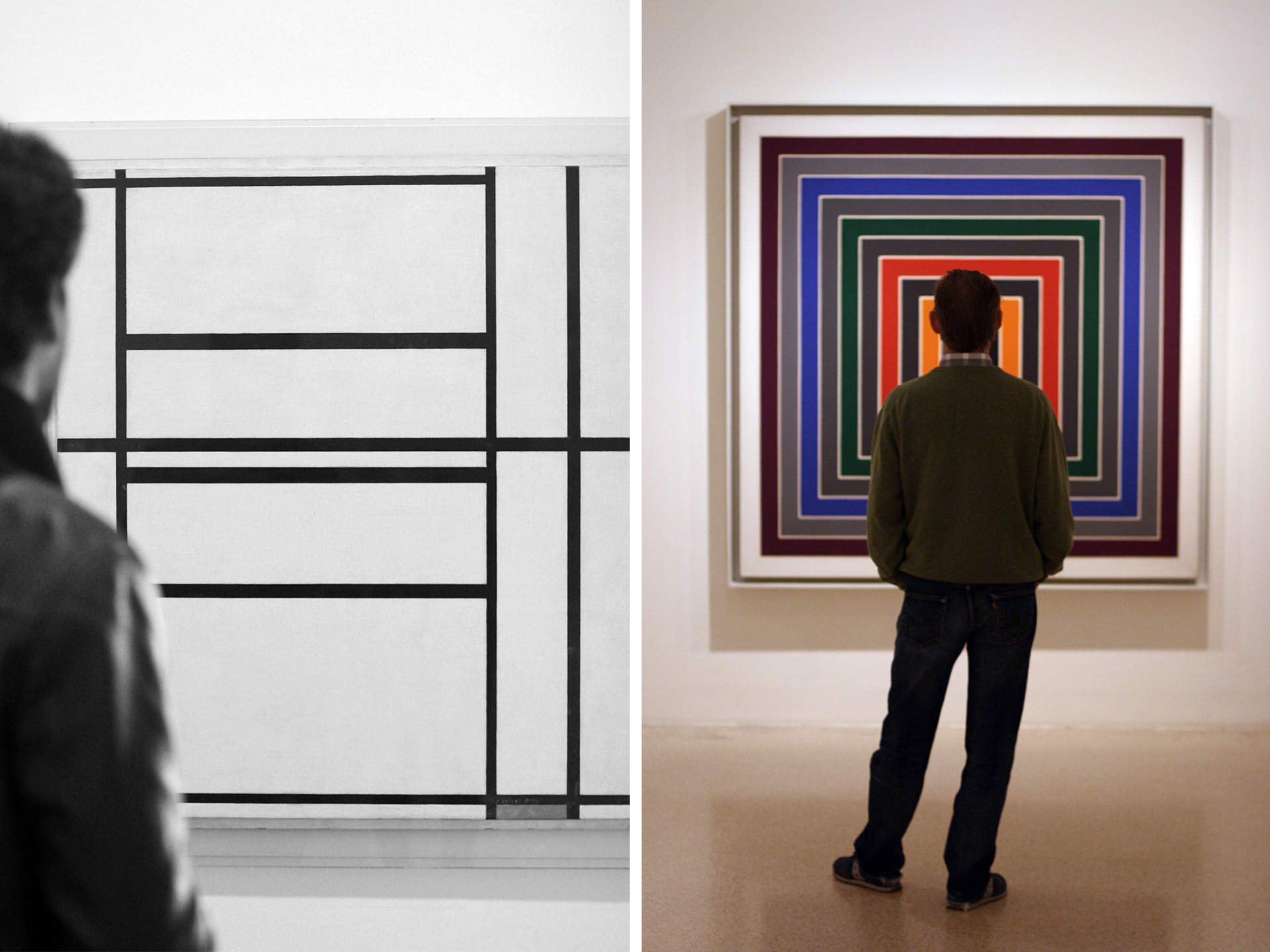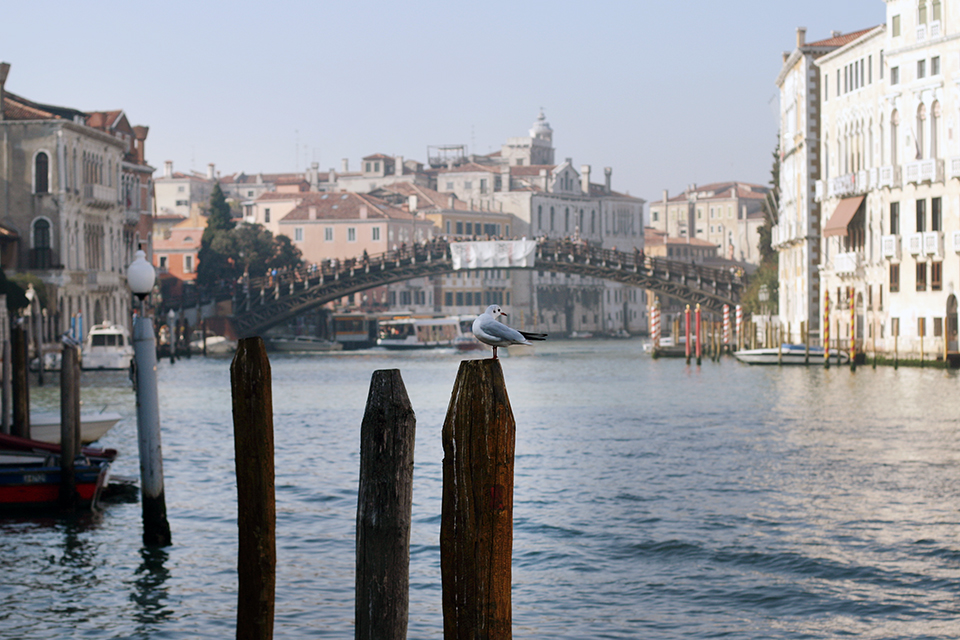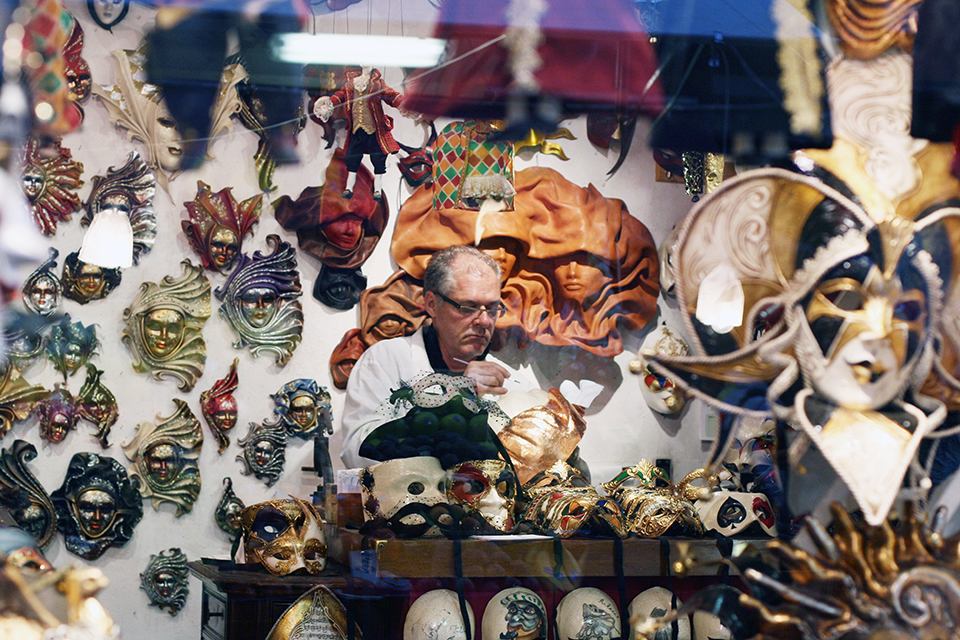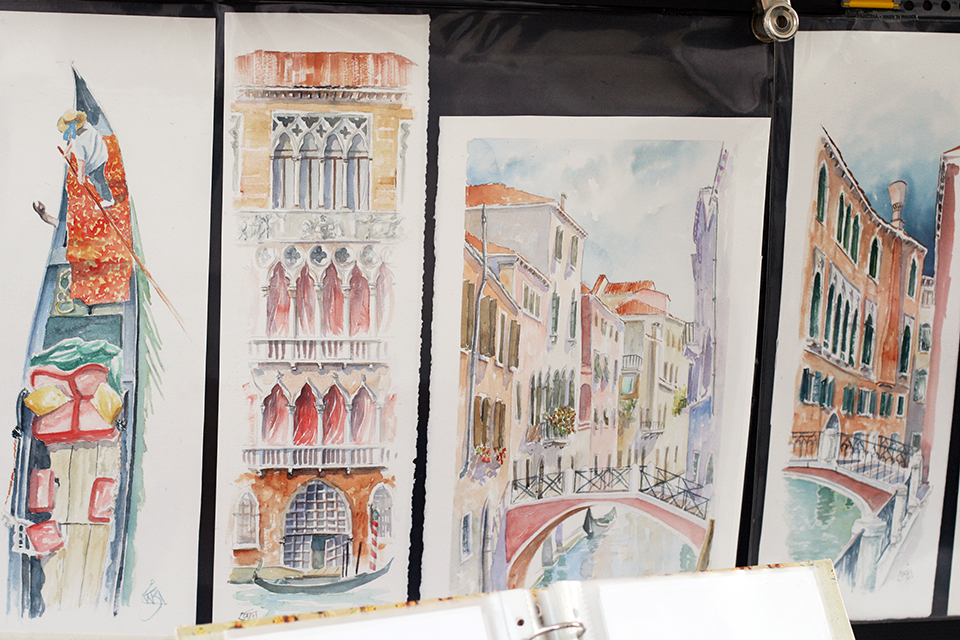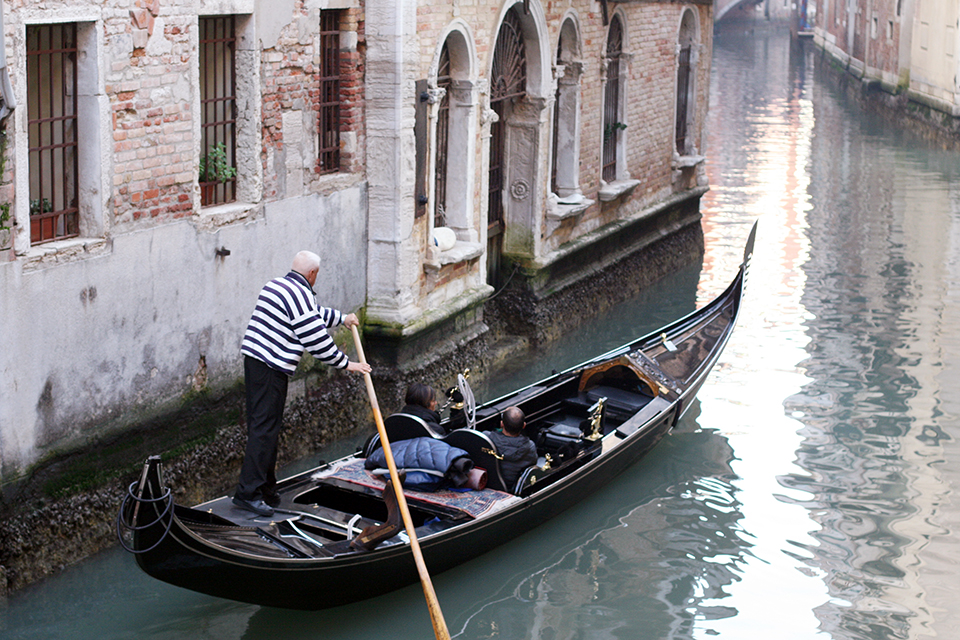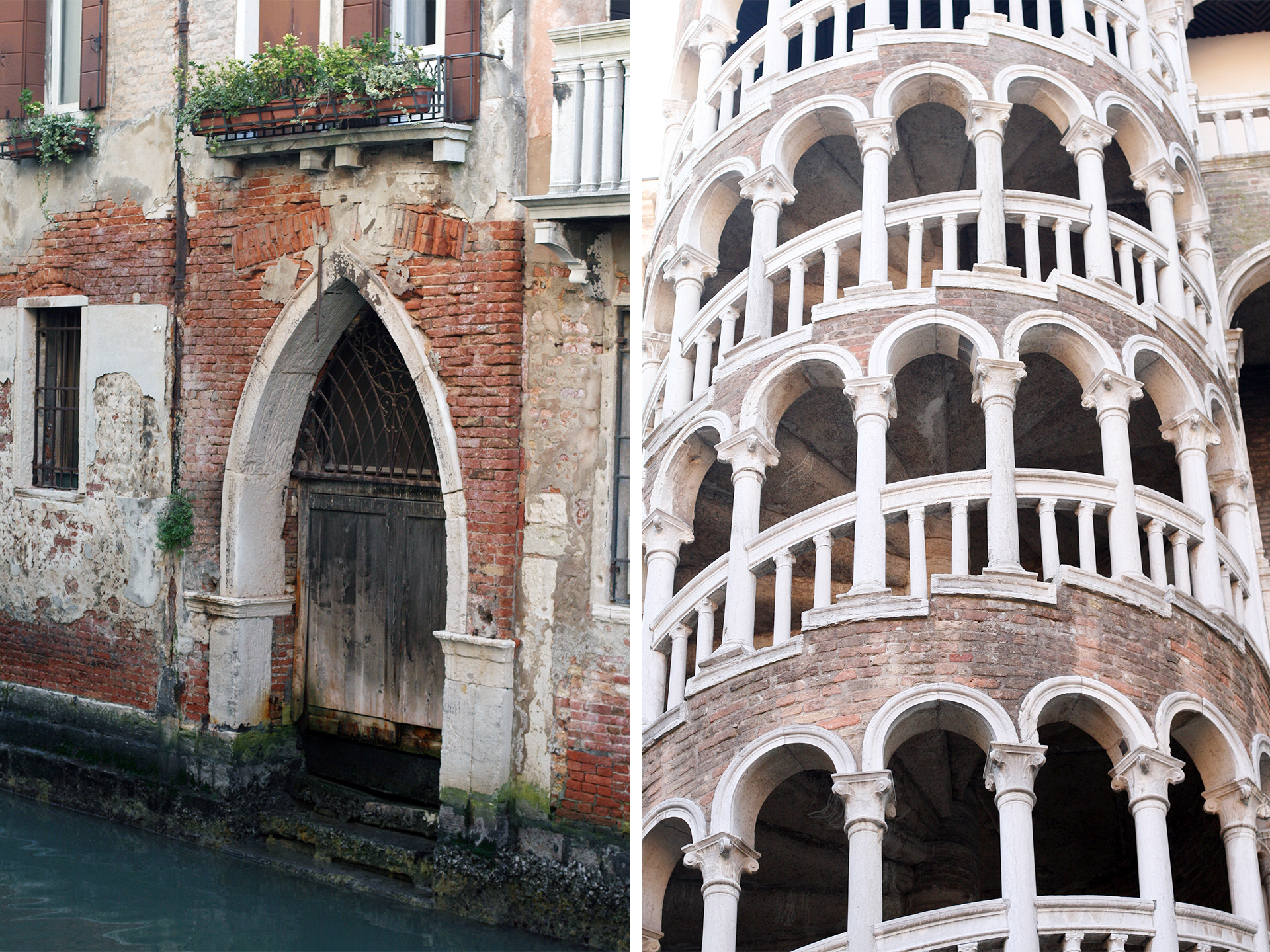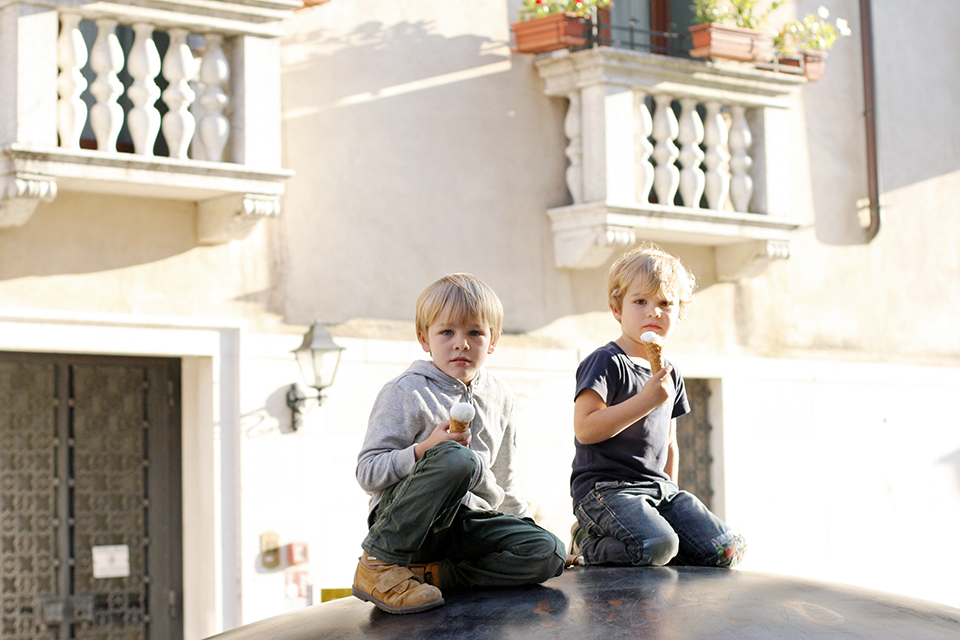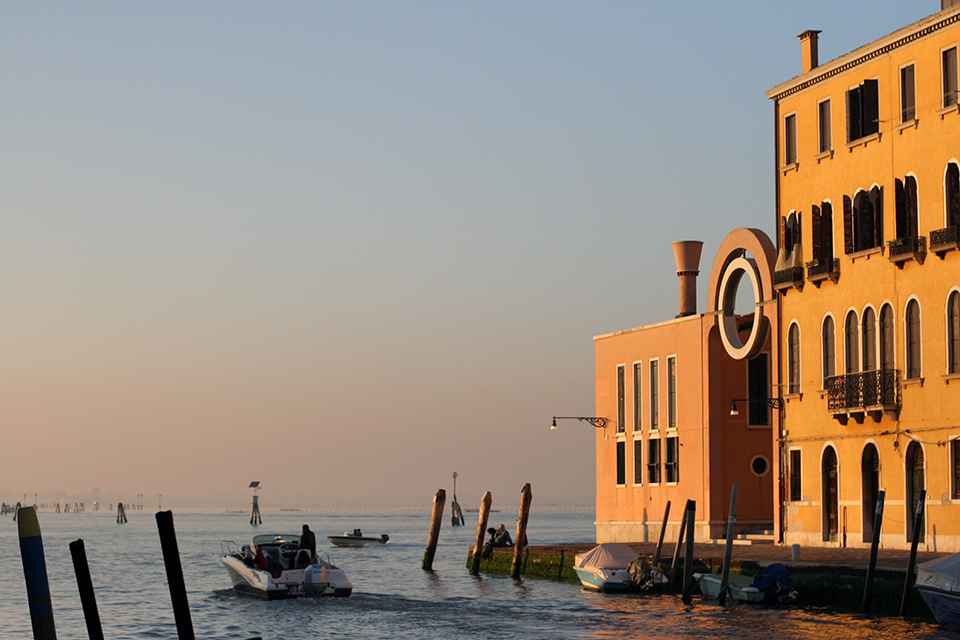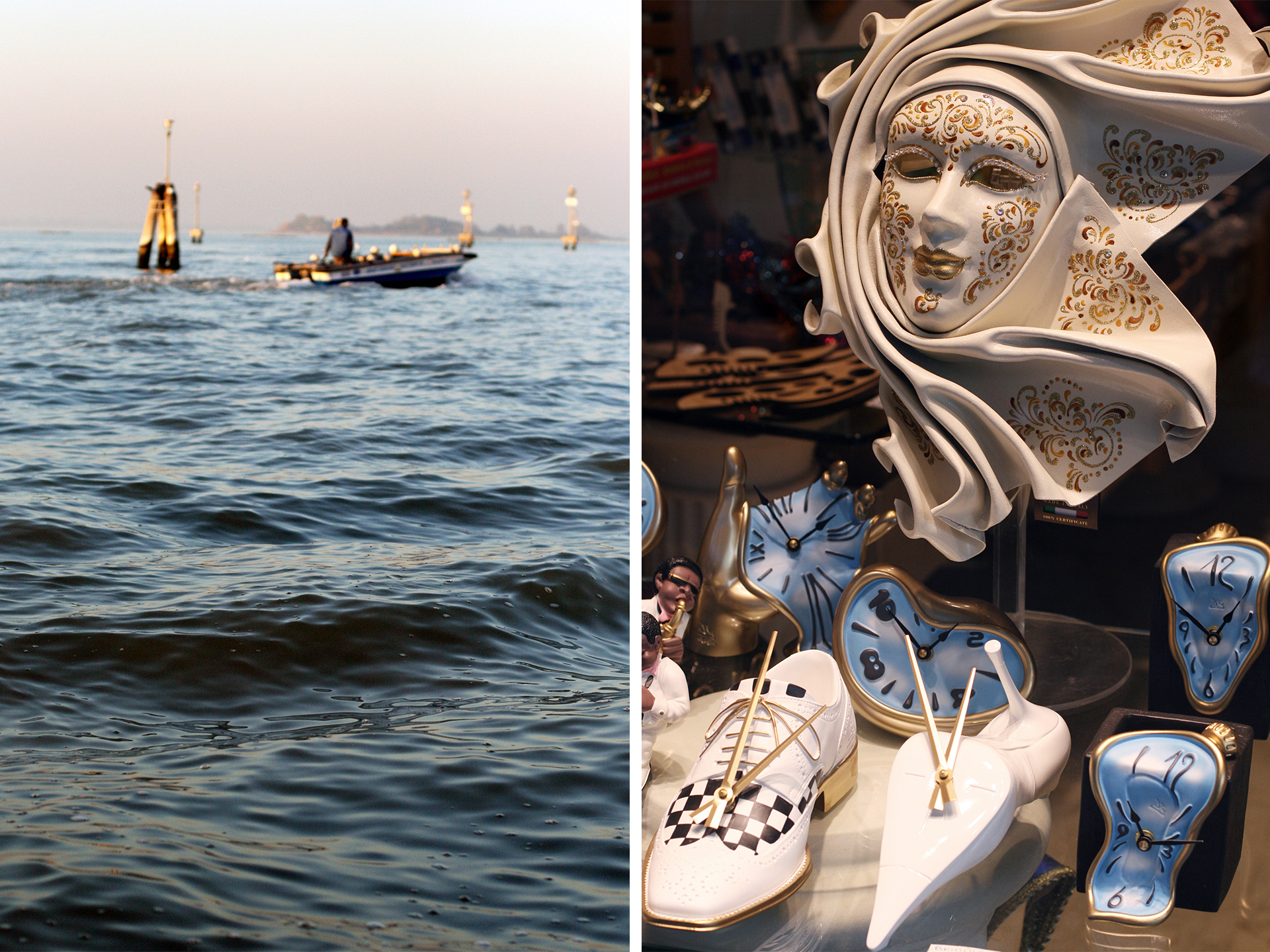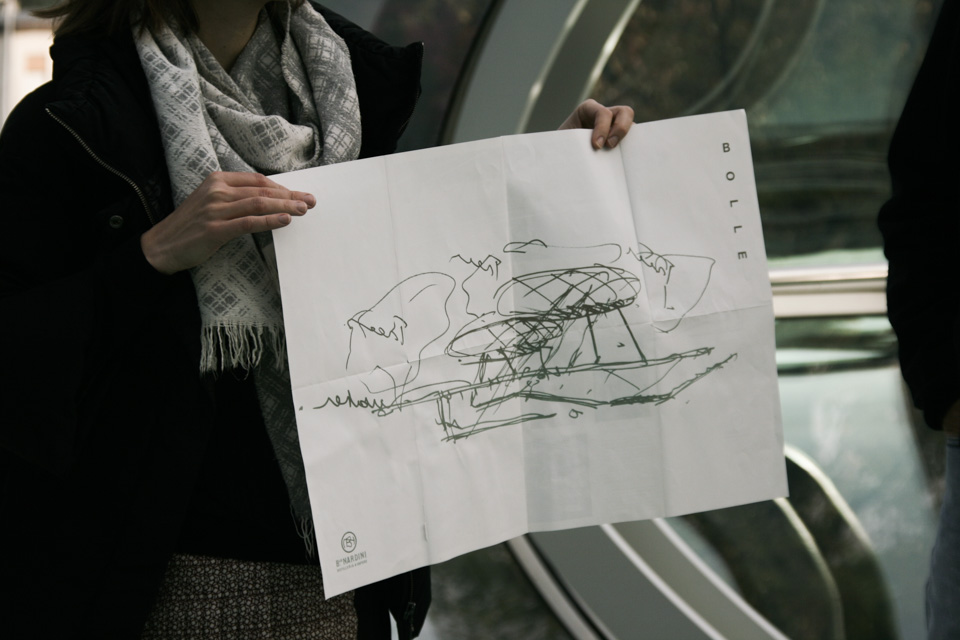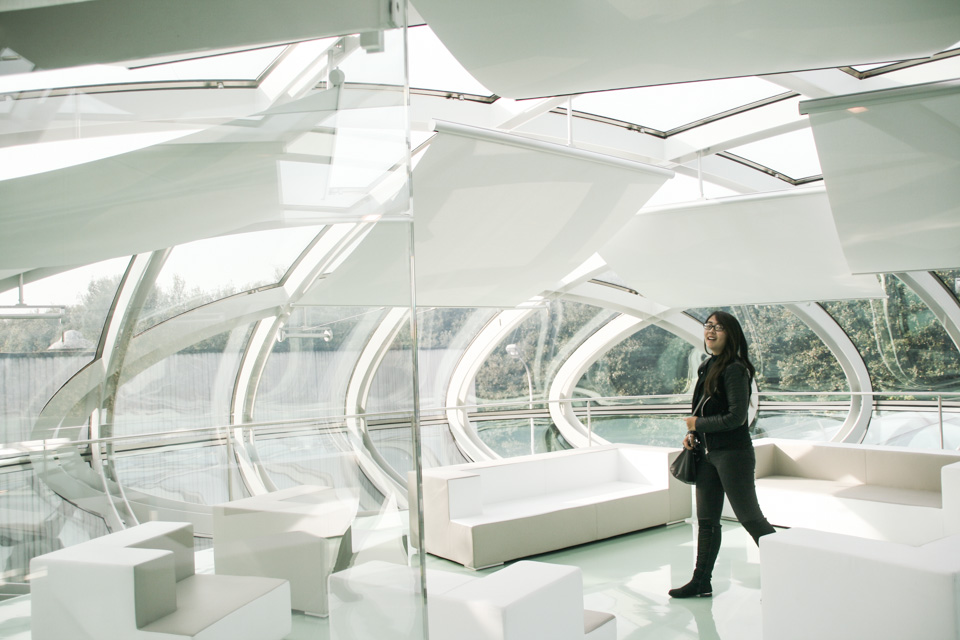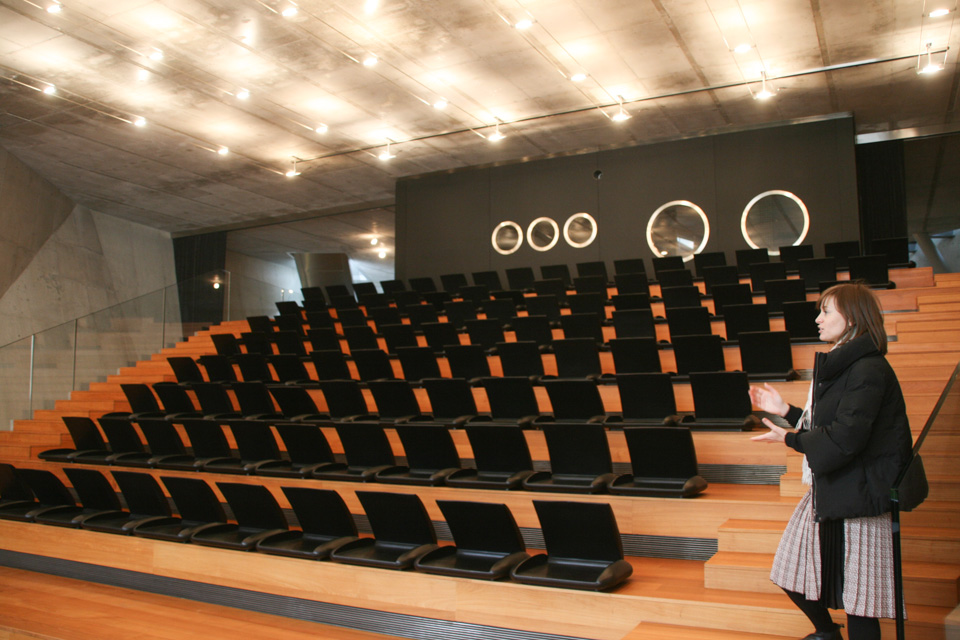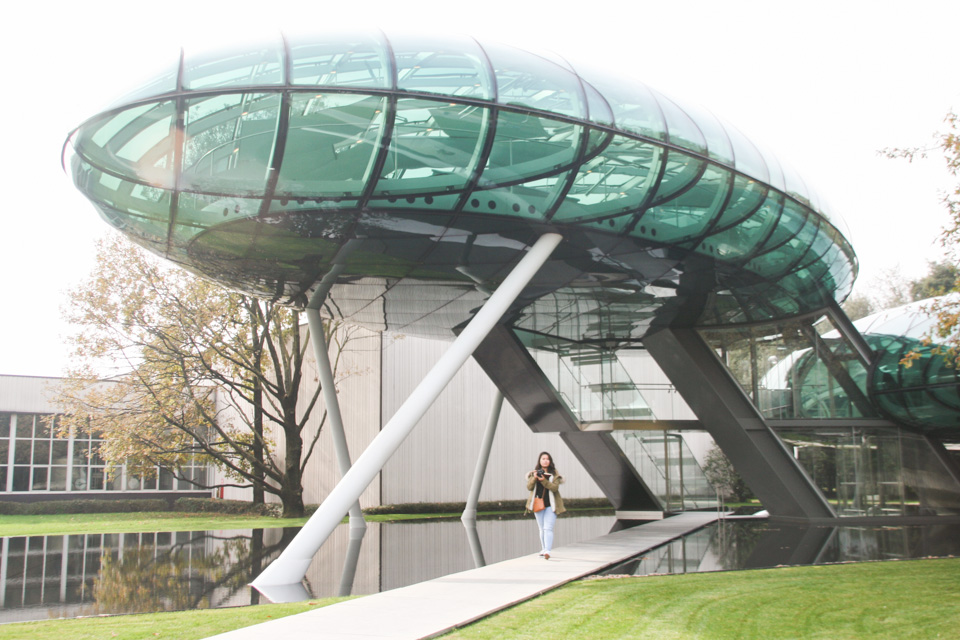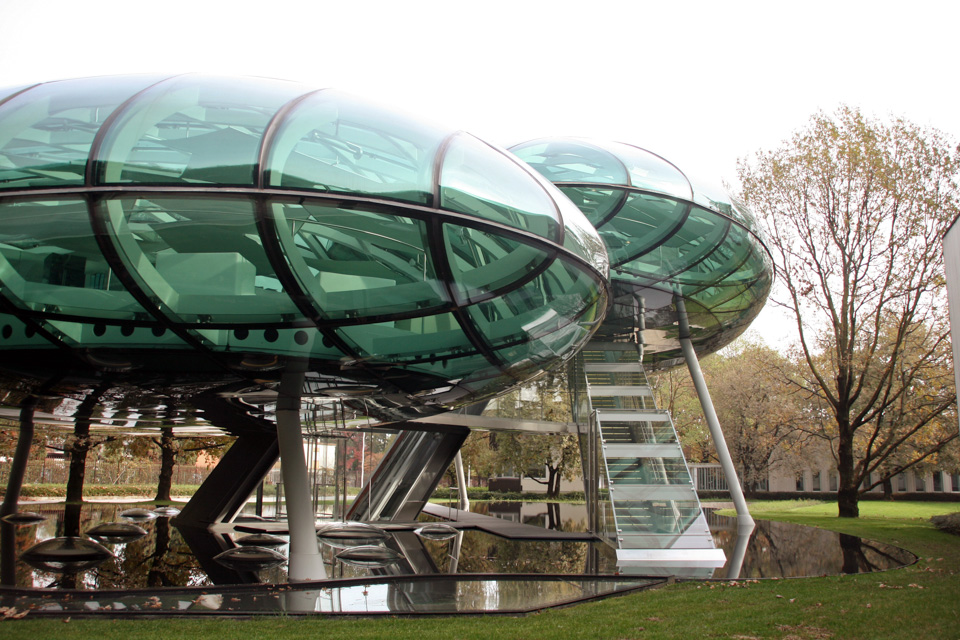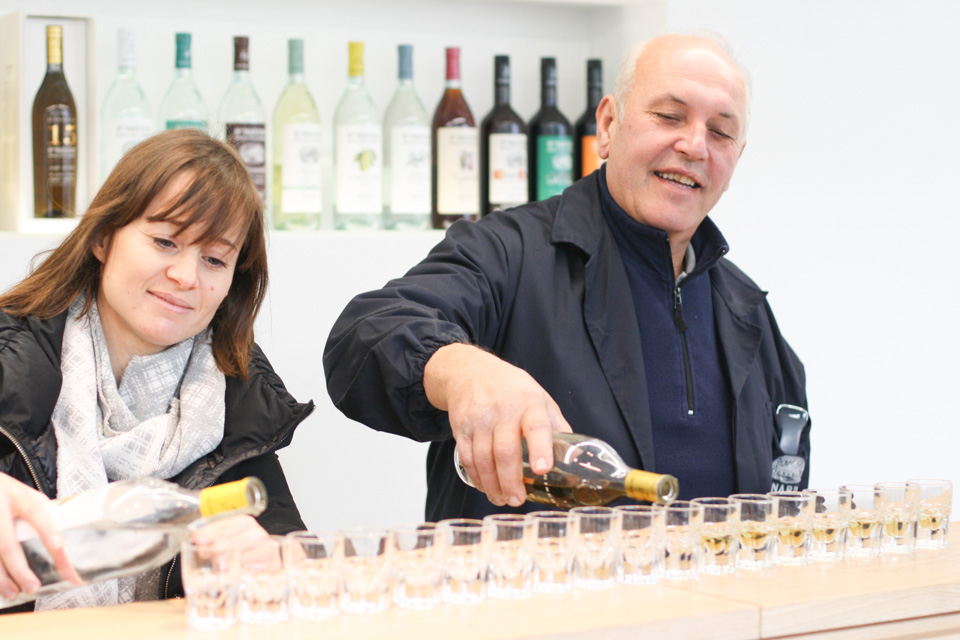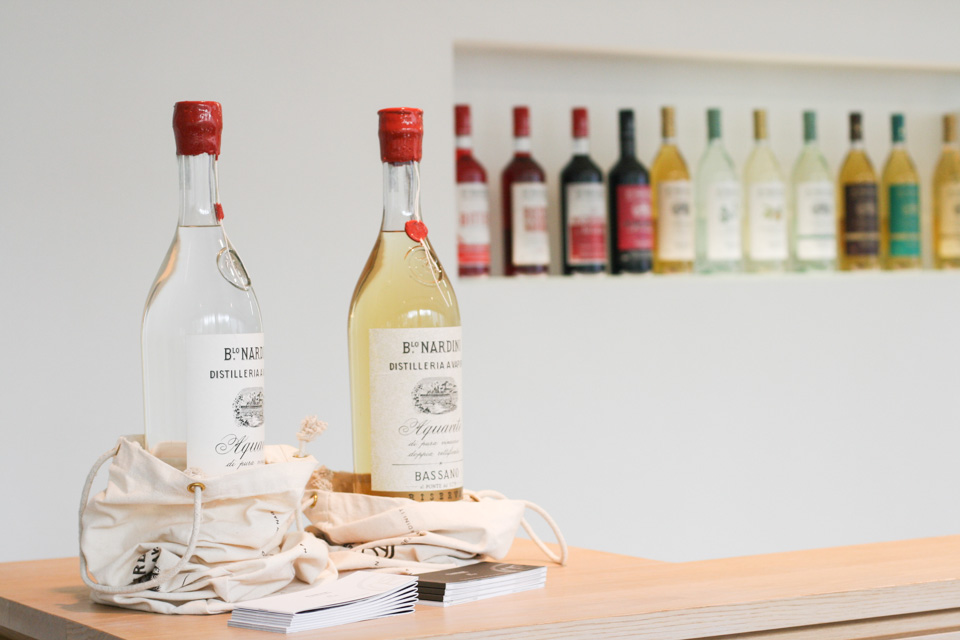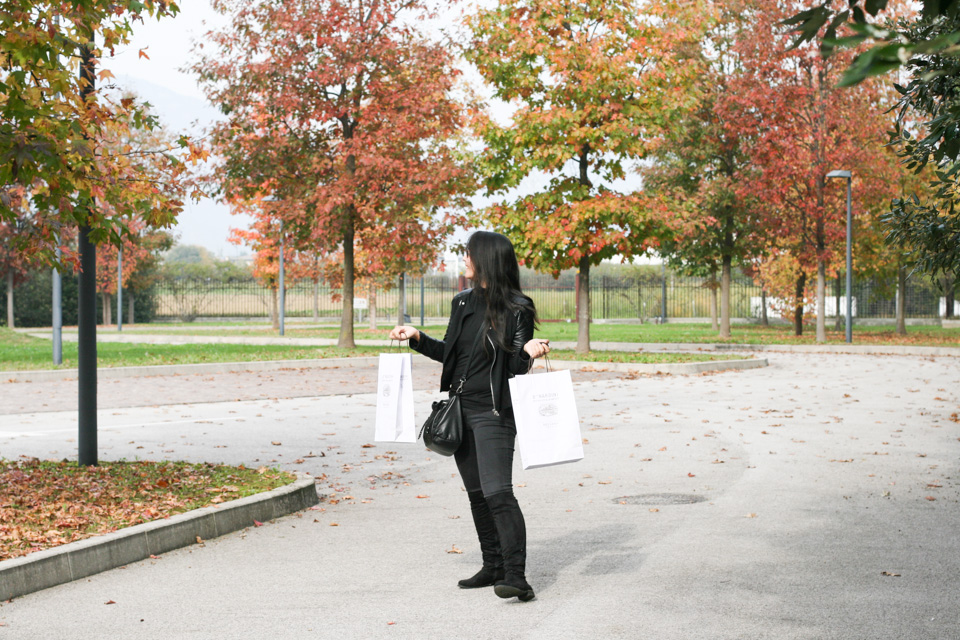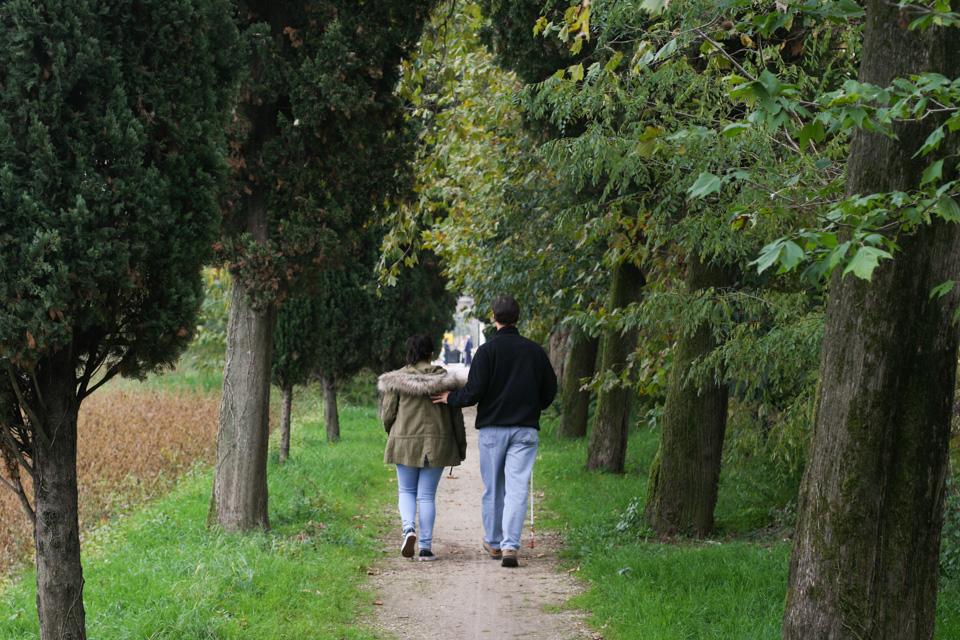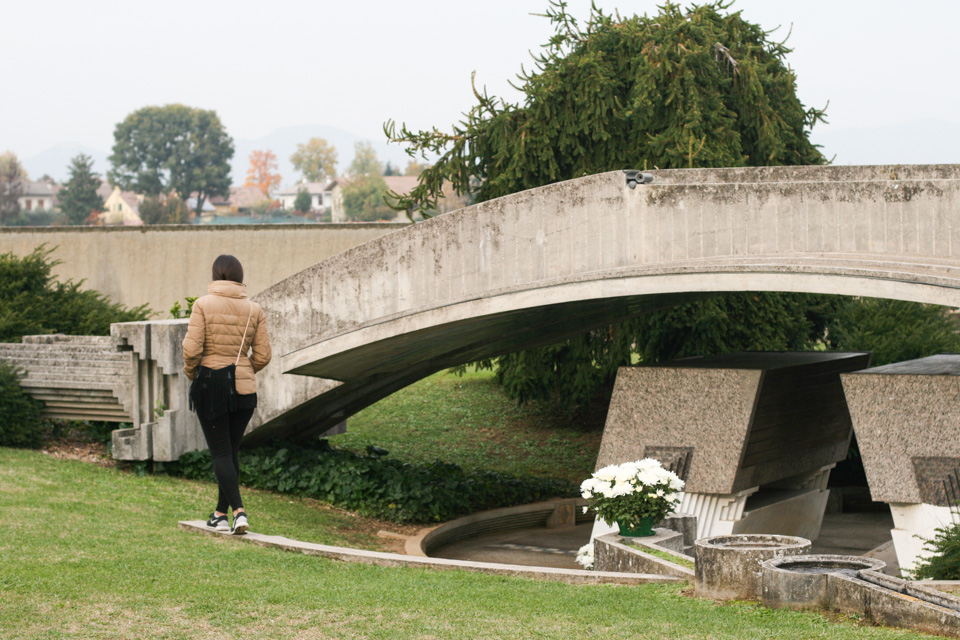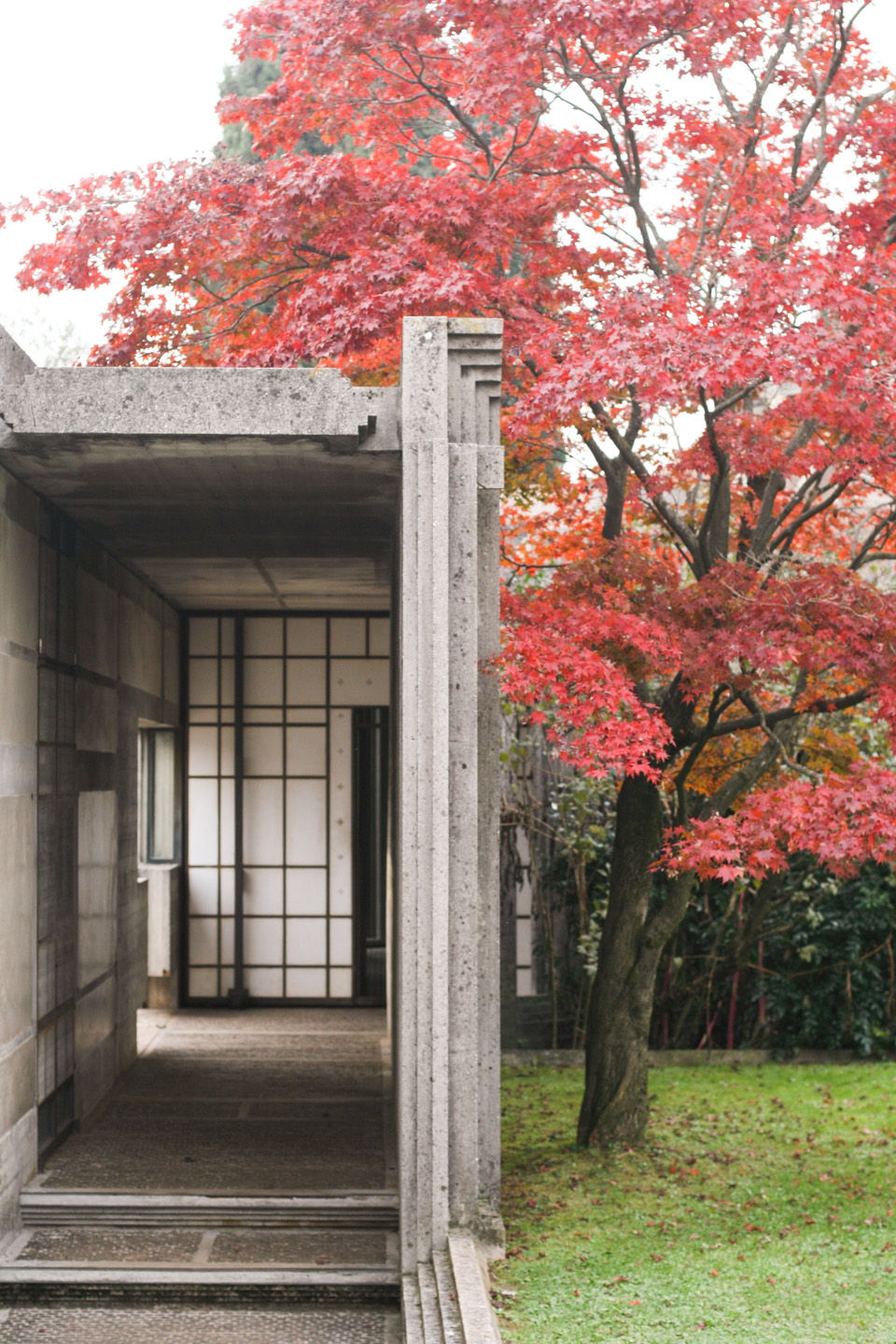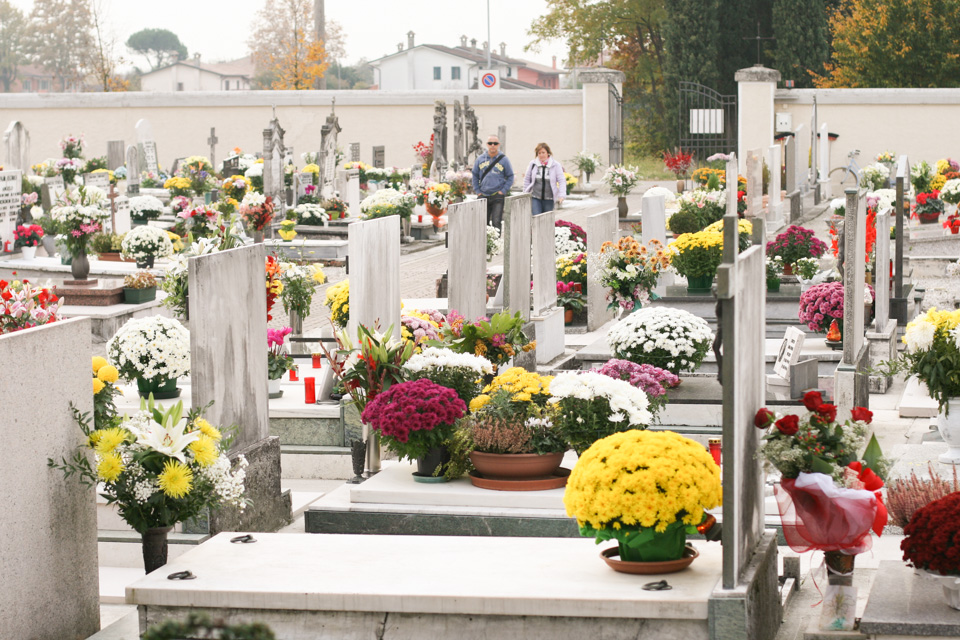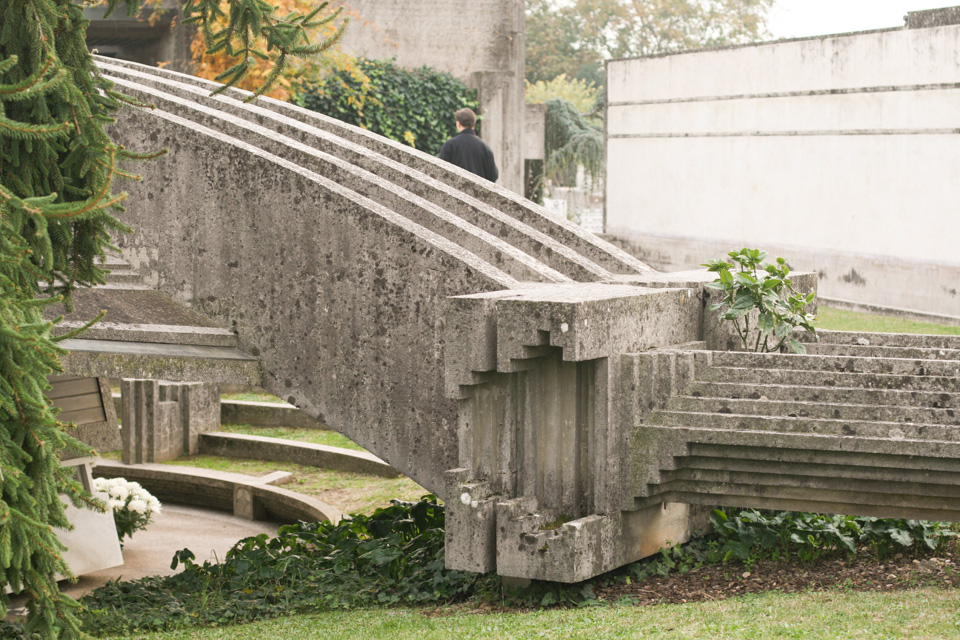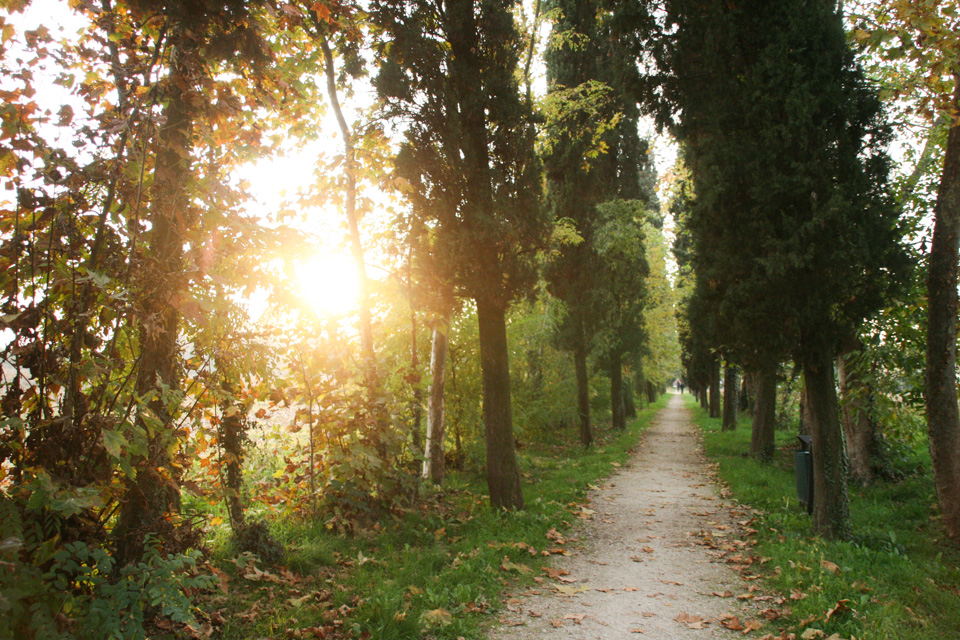Europe Week Ten: Venice
I had high expectations for Venice. As one who obsesses over any place near a body of water and has coined the hashtag #waterandaview to memorialize every place I love (whether it be near the ocean, a fountain, a river, a lake), I couldn't wait to visit this floating gem of a city.
There's so much I could say about Venice, but looking back at my time there, the thing that stood out the most is the detail in this town. There's nothing like it. Every alley, corner, crevice, dock, door, window, shop, mask is so unique and exquisitely beautiful. The light was magnificent in every way as we strolled from hour hotel (Hotel alle Guglie) near the train station, getting lost all day long as we stumbled upon cute canals, gondolas, and boats. Here are some of my scattered thoughts.
The first morning, I took a sunrise walk.
I walked along the Canal. Every moment was changing with every moving boat. This city is amazing in the fact that it never stays the same. Nothing is still. People were dressed in dark colors scurrying along the roads. Boatmen cleaned their boats and others transported cargo across the canal. Ferries wizzed by full of people. I love not being in a hurry, nor having a destination. I followed the canal aimlessly for as long as it took me. Cargo ships and passenger boats, like cars in traffic, continued down the canal in a line, sliding past each other. Students carrying portfolios shuffled onto the waterbus. People here walk fast. It's also crazy to think the fastest way somewhere around Venice is by boat. Businessmen open their storefront awnings and the sun slowly rises from behind the buildings.
We visited Saint Mark's Square, Rialto Bridge (sadly covered in a giant ad), Fondazione Querini Stampalia, the church of Santi Giovanni e Paolo, the Peggy Guggenheim Collection, and took a boat to the nearby glass island of Murano at the end of the day. I had taken so many photos in one day my fully charged camera battery actually died. I loved the Peggy Guggenheim Collection. After getting a tour of some of the world's most famous artworks, I sat on the terrace overlooking the Grand Canal, thinking about the art and the artists. These artists all got famous because they were different. They were all trained very well classically but wanted to experiment. And then that's when they started making their mark in the world.
What shocked me the most about walking along the canals was how open all the docks were. All the planks extended out into the water for anyone to walk onto. It was clearly built for efficiency in terms of access from land to water, without safety guardrails slowly people down. It’s amusing to see the real side of such a famous city without the usual tourist restrictions. I followed the canal aimlessly for as long as it took me and crossed the Calatrava Bridge with hordes of students who had just arrived into Piazzale Roma. The green dome of San Simeone Piccolo towers above the four or five-story tall buildings. The buildings along the edge of the canals are so eclectic in color, materials, and construction. Pointed arches, lightweight wood and brick construction, an abundance of chimneys and windows, Palladian arches pop up unexpectedly. Very rarely are any of the building facades symmetrical. Nor are they Italian. The Venetian architectural style is a fuse of Byzantine and Islamic forms mixed with European Gothic, in a city that bridges east and west.
The Grand Canal was breathtaking. All I want to do is paint it - the splashes of water, the reflection of colorful buildings in the waves, boats breezing by and pedestrians gathered on the Accademia Bridge. The sky is blue and perfect, and I desperately wanted to be on a boat. I stood there alone, taking in the fleeting moments of beauty, craving to share the sight with loved ones.
Venice is a city so different from any other city in the world. Getting through it requires one to rethink the way humans are used to transporting. Water stops us at inconvenient places and times and completely changes our interpretation of flow through a city. However, the Venetians are so organized and prepared in dealing with challenges like changing tides. The city is so connected with nature, and therefore ever-changing. The beautiful moments before my eyes are fleeting. With water, nothing is still. And that’s what makes everything so exciting and magical.
The Veneto: Nardini Grappa Distillery and Brion Cemetery
I also want to share a bit about the things we saw as a class on our way to Venice. We stopped by a few places in the Veneto region to admire relatively modern architecture. Fuksas' Bolle, the meeting room of the Nardini Grappa Distillery, was super futuristic and cool. Imagine having a meeting in a floating bubble room, then taking a glass elevator underground to the movie theater and grappa tasting rooms. And that's exactly what we did. Afterward we visited the Brion Family Cemetery designed by Carlo Scarpa. The chapel (with a secret wall that opened), meditation pavilion, and burial monuments showcased his very detail-oriented decorative un-architectural yet architectural style.

